Glaciers, waterfalls, black sand beaches, volcanic landscapes, national parks, stunning fjords: no, I’m not talking about a fantasy land – I’m talking about Iceland! Welcome to my complete guide on how to elope in Iceland, where I’m walking you through everything you need to know to plan an epic Icelandic adventure elopement. From obtaining the necessary documents, to choosing the perfect location, to finding the best places to stay, and so much more.
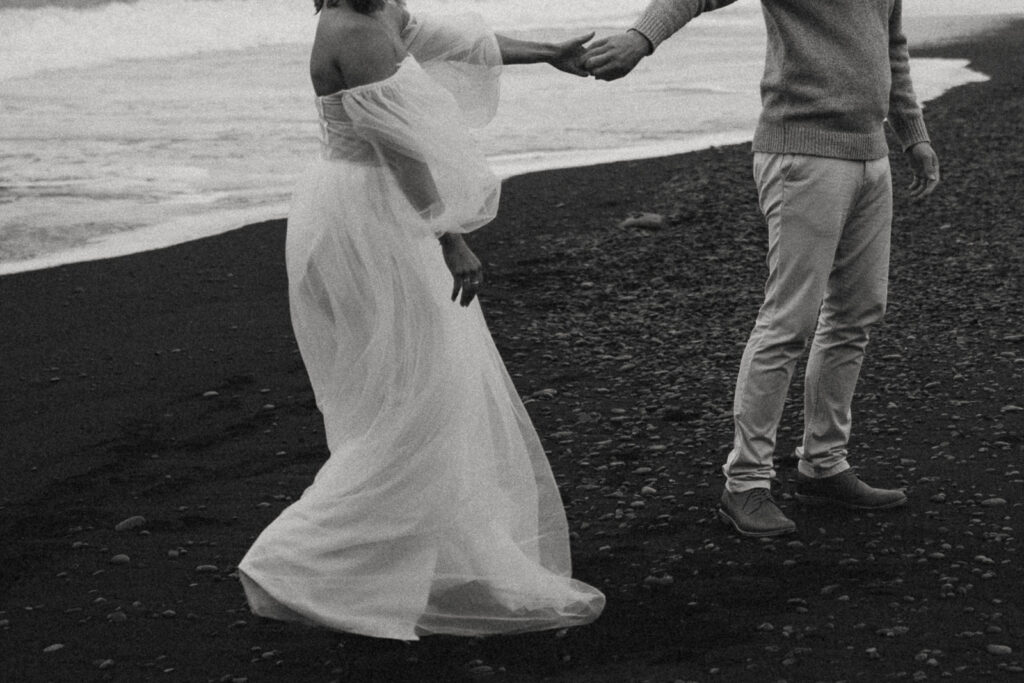
Planning your elopement in one of the most magical destinations on earth? Let me help ensure you´re completely ready for your adventure in Iceland!
In this guide, you’ll find:
• THE BEST TIME TO ELOPE IN ICELAND
• TOP LOCATIONS FOR ELOPEMENT IN ICELAND
• TRAVELING TO ICELAND
• WHY ELOPE IN ICELAND?
• WHERE TO STAY DURING YOUR ELOPEMENT
• HOW TO GET MARRIED IN ICELAND
• ACTIVITIES AND ADVENTURES
• YOUR PHOTOGRAPHER & ELOPEMENT PACKAGES
WHY ELOPE IN ICELAND?
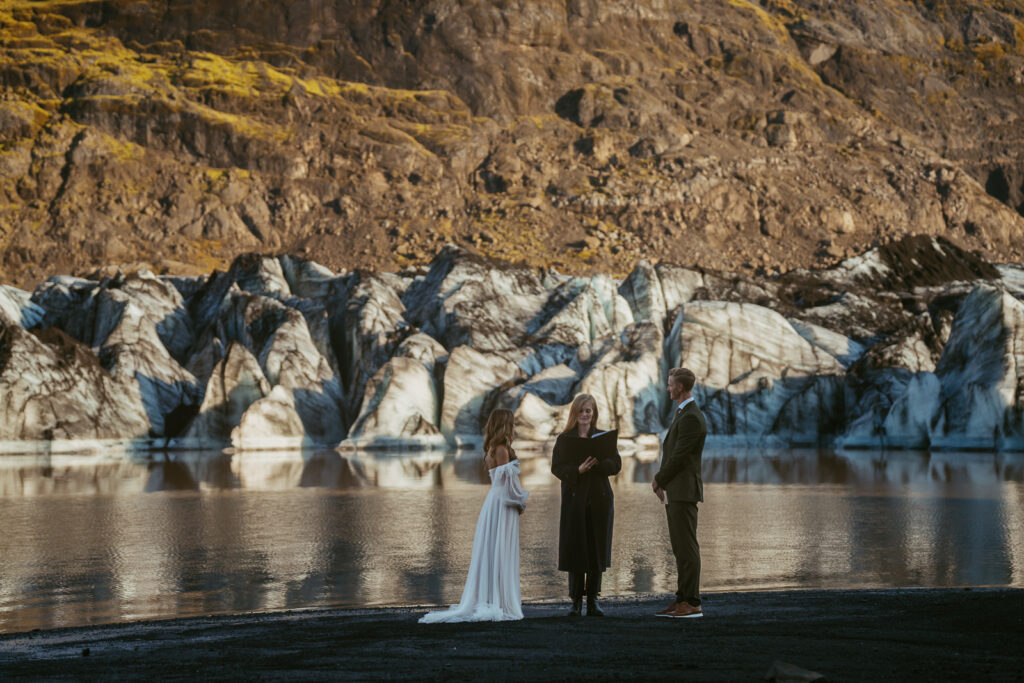
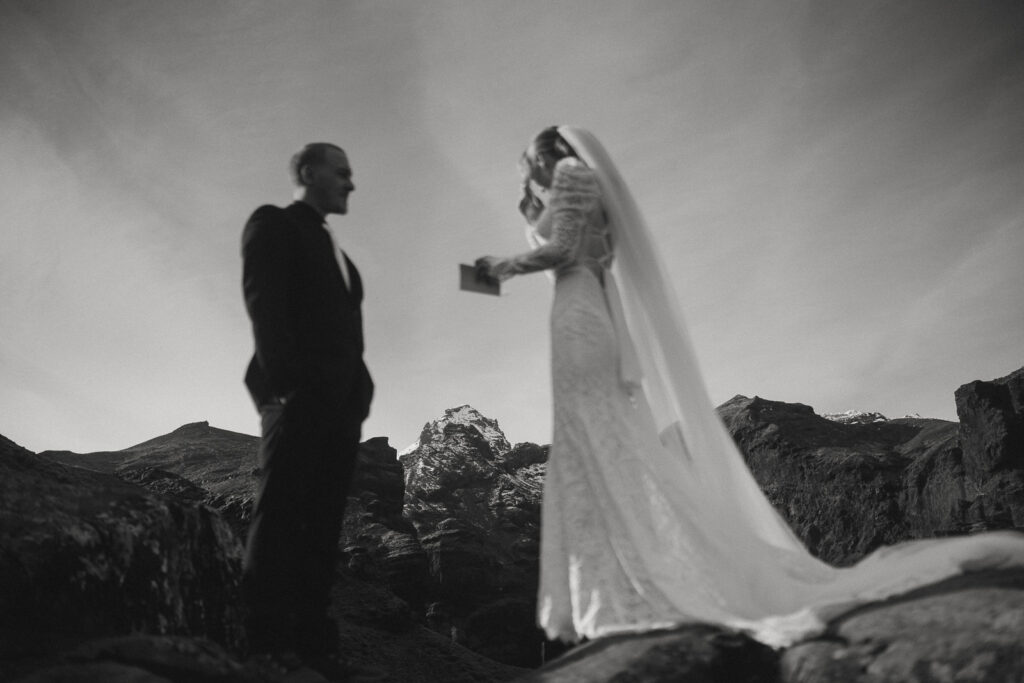
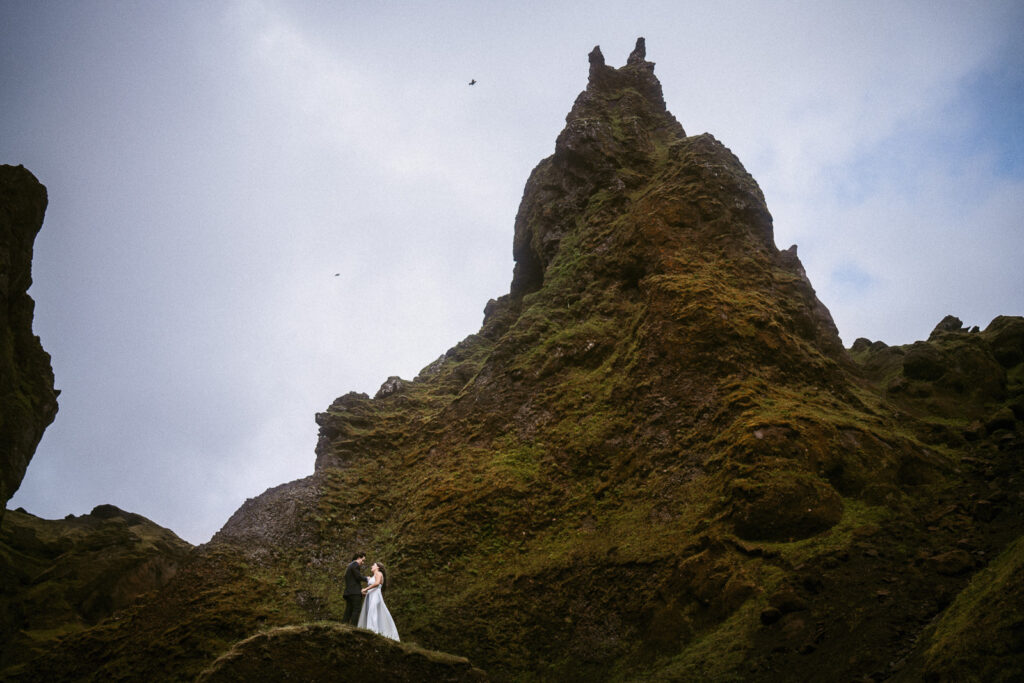
STUNNING NATURAL BEAUTY
- Diverse landscapes: waterfalls, glaciers, black sand beaches, lava fields.
- Unique photo opportunities – something for everyone.
ADVENTURE AND ROMANCE
- Combining a wedding with an adventure trip – so many activities to choose from!
- Secluded and intimate locations – good to have a local to help choose more secluded locations and timing.
SIMPLIFIED PLANNING
- Comparatively straightforward legal requirements.
- Availability of local wedding planners and vendors.
CULTURAL EXPERIENCE
- Experiencing Icelandic traditions and hospitality.
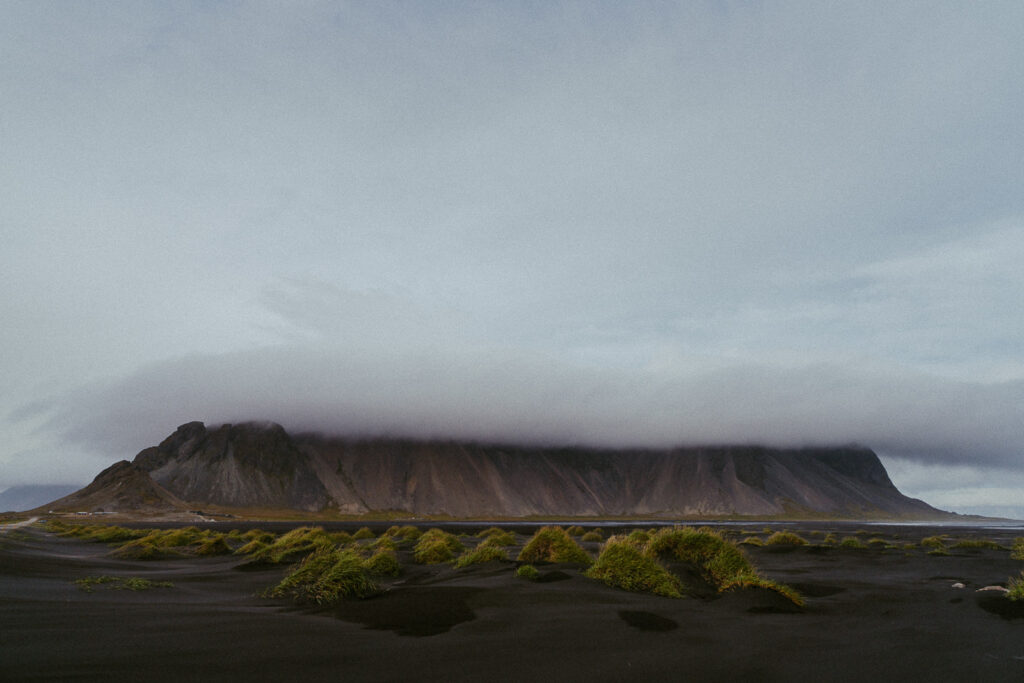
TRAVELING TO ICELAND
So, you’ve come up with the fantastic idea to elope in Iceland. What’s next? Traveling to a new country is always thrilling but requires thorough planning—deciding which places to visit, determining whether you need a rental car and which company to choose, and answering many other questions. Let me help you with some of that, ensuring your Icelandic adventure is as smooth and memorable as possible.
EASE OF ACCESS
- Direct Flights: Direct flights are available from major cities around the world to Keflavik Airport.
- Airlines: Some airlines that fly directly to Keflavik Airport include: Icelandair, Play, Wizz Air, Delta, United Airlines, American Airlines, EasyJet, British Airways, SAS, Lufthansa, Finnair, AirBaltic, Air Canada, and Air France.
- Travel Seasons: Typically, June-October is the high season in Iceland. People visit during June-August to see the greenery, visit the highlands, and see puffins and lupines. September and October are still warm but also good for viewing the Northern Lights.
TRANSPORTATION IN ICELAND
- Car Rentals: I and anyone who has visited me have always used Blue Car Rental, and I can only say good things about it. Fast and good service, trustworthy.
- Driving Tips: Driving in Iceland is fairly easy, with no complicated signs and basically only one main road to the main locations.
However, driving conditions can be challenging. It’s important to stay within the speed limit and always check road.is and safetravel.is for accurate information. Storms are a big part of this country, and it’s important to stay safe.
- Public Transport: Within Reykjavik, it’s easy to use either the bus (KLAPPID app) or a taxi (Hreyfill app) to get from one place to another if you’re not renting a car or if you want to have a glass of wine when going to a spa or restaurant.
- Domestic Flights: There are options for flying within Iceland to reach distant locations.
TRAVEL ESSENTIALS
- Packing List: When traveling to Iceland, it’s crucial to be prepared for the country’s unpredictable weather and diverse activities. Start with base layers, preferably merino wool for its warmth and odor resistance. Add mid layerssuch as fleece or wool sweaters and hoodies for added insulation. Ensure you have outer layers that are both waterproof and windproof to protect against the elements. For footwear, pack waterproof hiking boots and comfortable walking shoes. Of course it all depends on the season you’re traveling here, but overall – wind, rain and colder temperatures can be expected any time. A swimsuit is a must, so you could enjoy all those nice warm pools Iceland has to offer!
- Travel Insurance: It’s important to have travel insurance—storms are a big part of Iceland, even in the summer. Make sure your insurance covers costs if you have to cancel hotels at the last minute due to road closures.
- Currency and Payments: Currency here is Icelandic Krona and I don’t think cash is necessary at all, you can pay with card anywhere.
ACCOMMODATION OPTIONS
- Regions to Consider: Depending on how much time you have in Iceland, I recommend starting with either the Snæfellsnes Peninsula, the Golden Circle, the South Coast (up to Vestrahorn), or, if time and weather permit, the full circle of the island. When you book your elopement photoshoot with me, I can provide you with my personal Iceland map to help you plan your trip and ensure you don’t miss any important locations.
- Booking Tips: During the peak season (June-October) I recommend booking hotels/cabins quite far ahead. Unlike some countries, last minute deals do not exist and best places sold out fast. Booking places to stay last minute, means less places that have higher prices, unfortunately.
WEATHER AND CLIMATE
- Seasonal Weather: Iceland’s weather varies greatly by season. In winter (December to February), temperatures range from -10°C to 4°C (14°F to 39°F), with snow and ice common, and daylight hours are short. Spring (March to May) sees temperatures warming from -4°C to 9°C (25°F to 48°F), snow melts, days get longer, and the landscape begins to green. Summer (June to August) brings milder temperatures of 9°C to 15°C (48°F to 59°F) with long daylight hours and occasional rain. Finally, autumn (September to November) cools to 0°C to 10°C (32°F to 50°F), with increasing rainfall, shorter days, and vibrant fall colors.
- Daylight Hours: The shortest days in the winter (around Christmas time) have around 4 hours of daylight whereas at the end of June has almost 24 hours of sunlight and it never gets dark.
- Weather Preparedness: Check vedur.is for most accurate weather predictions – but never trust the forecast here in Iceland completely. What might show rain a week before, can turn into the nicest and sunniest day.
- Volcanoes: This is a crucial topic, especially in recent years. Iceland has always been volcanically active, but recent smaller and shorter eruptions on the Reykjanes Peninsula have caused some concern among tourists. It’s important to note that these eruptions have not affected flights, and aside from occasional closures of the Blue Lagoon, they haven’t disrupted travel. There’s no need to be alarmed, and these events shouldn’t alter your plans—at least for now. Iceland is well-prepared and vigilant in managing volcanic activity.
SUSTAINABLE TRAVEL
- Leave No Trace: It’s important to stay on marked paths to prevent erosion, pick up all trash, avoid disturbing wildlife, and respect local regulations. By doing so, you help ensure that Iceland’s stunning natural areas remain unspoiled for others to enjoy.
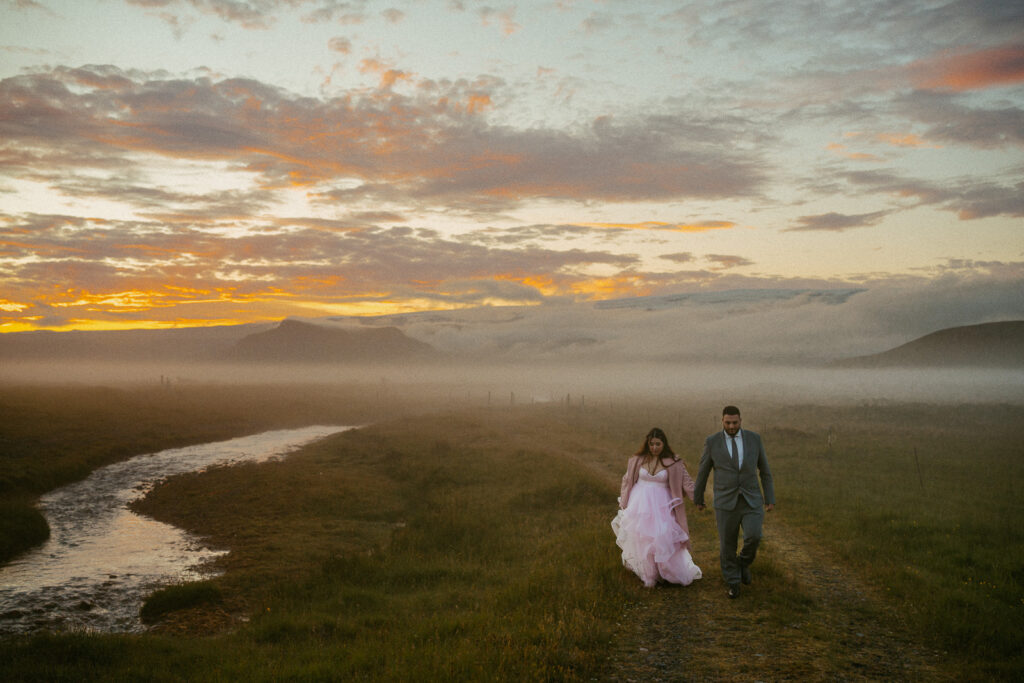
LET’S START PLANNING YOUR PERFECT DAY!
THE BEST TIME TO ELOPE IN ICELAND
Choosing the right time to visit Iceland is essential for planning your trip. The season will significantly impact which locations are accessible, the weather conditions you’ll encounter, and how busy popular spots will be. Here’s a breakdown:
SUMMER ELOPEMENTS – JUNE TO AUGUST
If you prefer milder weather, lupines and extended daylight hours, the summer months from June to August are ideal.
Key considerations for summer include:
- Accessibility: Most locations are easily accessible, and many highland roads open up for travel. The midnight sun provides almost continuous daylight, giving you plenty of time to explore. This gives us plenty of time to take photos in gorgeous and even popular places but with less people – just have to stay up a bit longer, but I promise it’s worth it.
- Weather: Temperatures are milder, ranging from 9°C to 15°C (48°F to 59°F), but weather can still be unpredictable. Be prepared for sudden changes.
- Crowds: Summer is the peak tourist season, so popular spots can be quite busy. Booking accommodations and tours in advance is advisable.
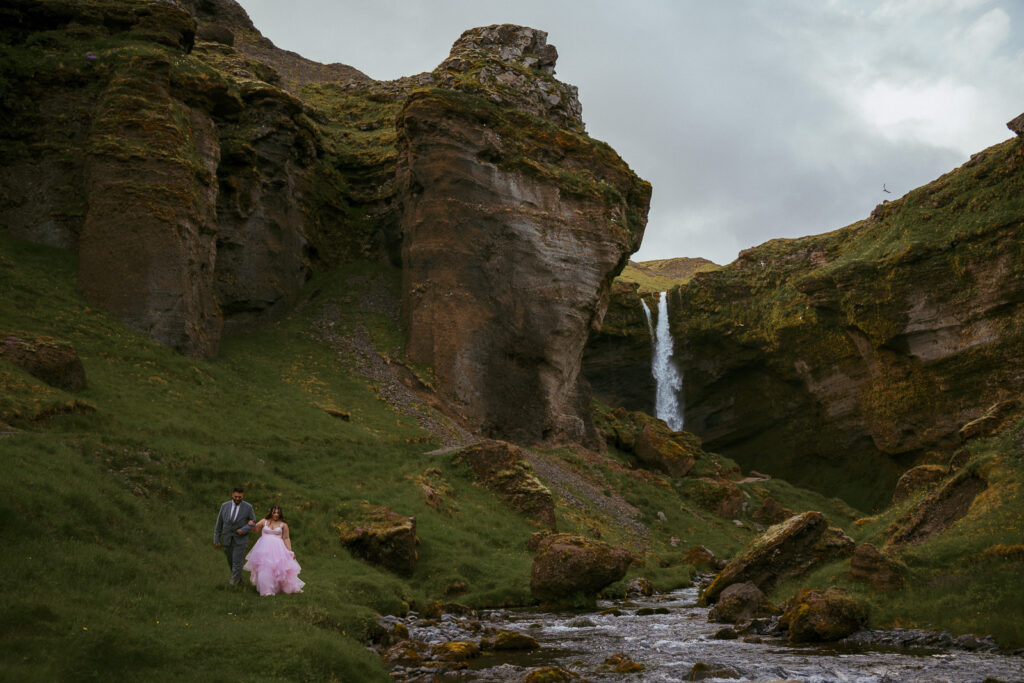
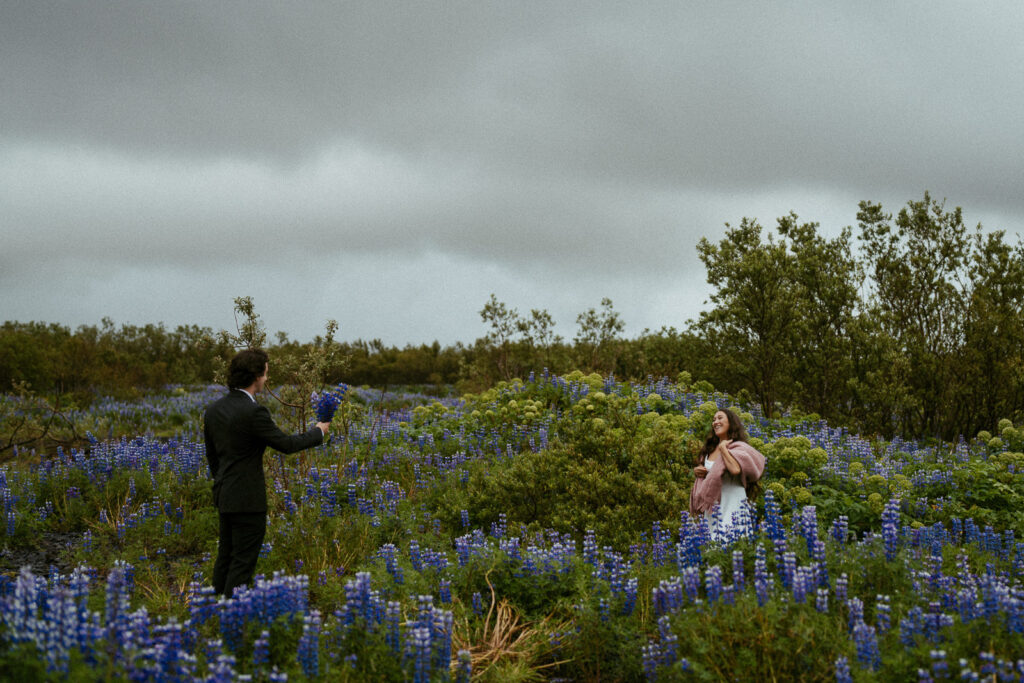
FALL ELOPEMENTS – SEPTEMBER TO NOVEMBER
Fall in Iceland brings a stunning transformation with vibrant autumn colors and fewer tourists compared to summer.
Key considerations for fall include:
- Accessibility: Most popular sites are accessible, though some highland roads may start closing as early as late September due to snow. Always check road conditions before traveling.
- Daylight Hours: Daylight decreases steadily, with shorter days as autumn progresses. By November, you’ll have significantly fewer daylight hours. But this also means – Northern Lights season is here!
- Weather: Temperatures range from 0°C to 10°C (32°F to 50°F). Weather can be variable with increased rainfall and cooler temperatures, so pack accordingly.
- Northern Lights: Fall is a good time to see the Northern Lights as nights are long and dark. The lower crowds and clear skies can make for excellent viewing conditions.
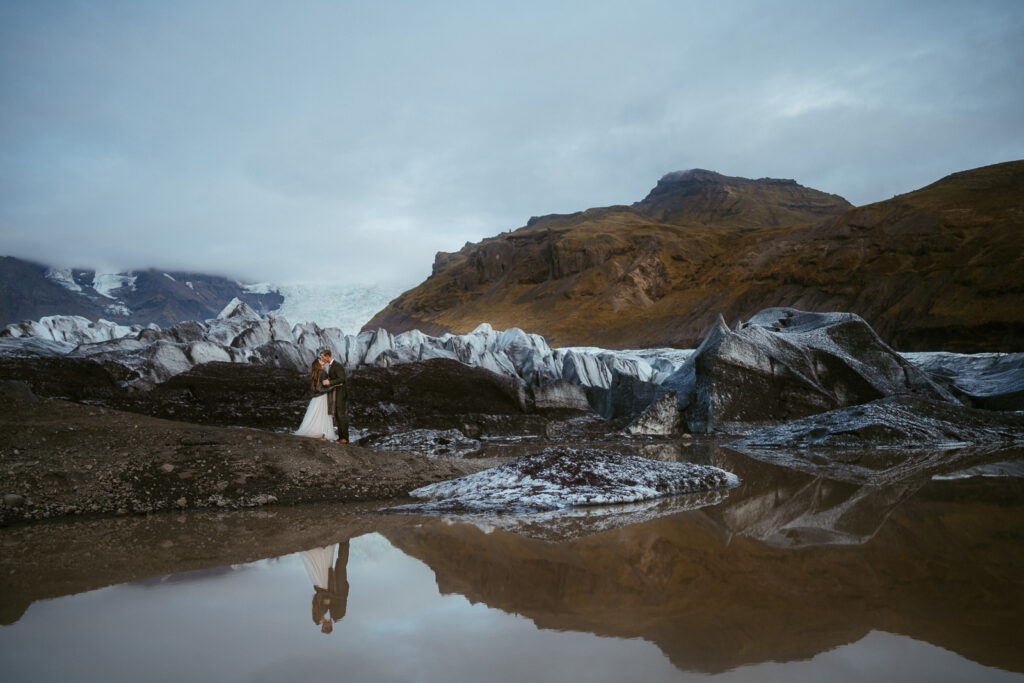
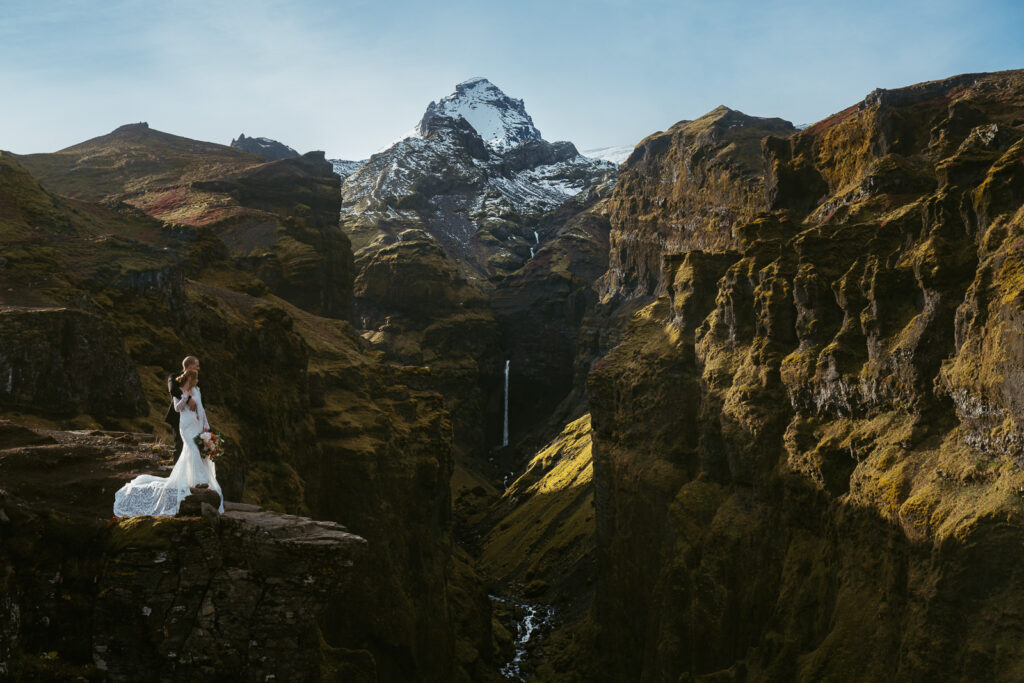
WINTER ELOPEMENTS – DECEMBER TO FEBRUARY
Iceland’s winters are magical but can be unpredictable. For snowy landscapes, magical orange sunsets and a chance to experience the Northern Lights, plan your visit between December and February.
Key considerations for winter include:
- Accessibility: Some of Iceland’s remote and highland locations may be inaccessible due to snow and road closures. Popular spots like the Golden Circle and South Coast are usually accessible, but always check road conditions in advance.
- Daylight Hours: Expect very short daylight hours, with only a few hours of light each day, especially in December. But because of short days, Icelandic people keep their Christmas lights up extra long – very romantic.
- Weather: Be prepared for cold temperatures and possible storms. Layered clothing and robust winter gear are essential.
- Northern Lights: Winter offers the best chance to see the Northern Lights, given the long nights and darker skies.
- Festivities: December brings Christmas and New Year celebrations, which can add a festive touch to your visit but also attract more tourists.
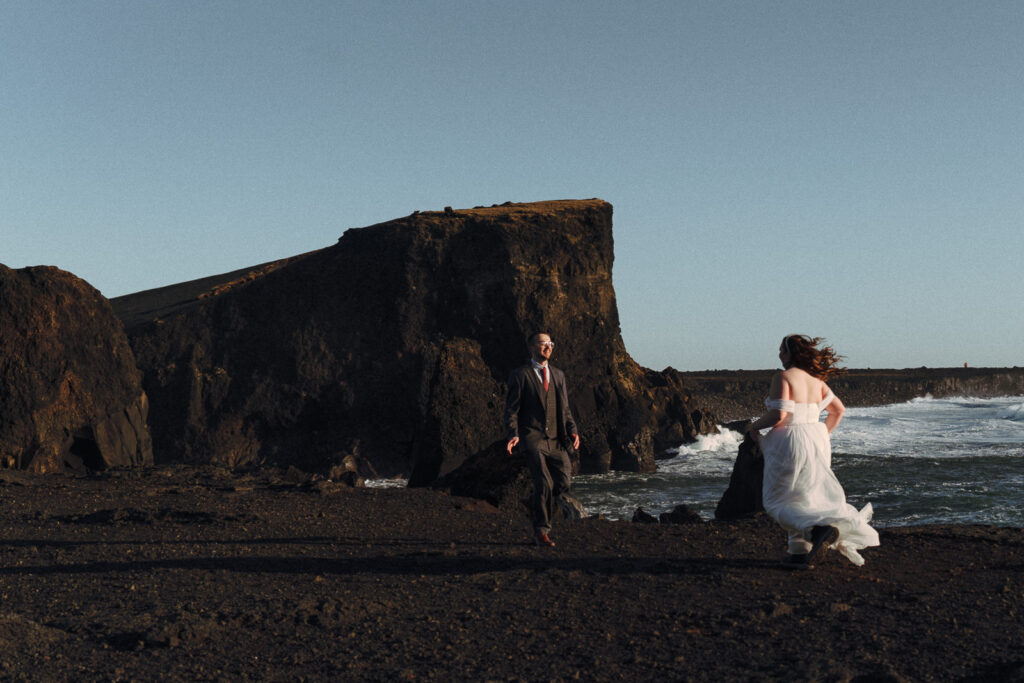
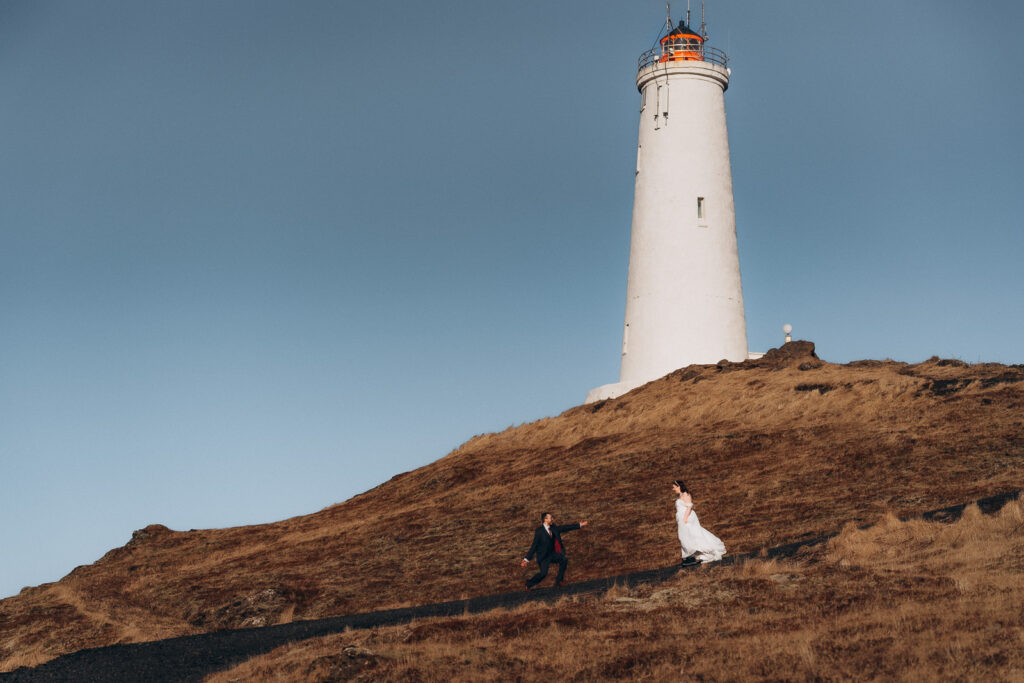
SPRING ELOPEMENTS – MARCH TO MAY
Spring is a wonderful time to visit Iceland as the country begins to awaken from winter, offering a mix of snow-capped landscapes and emerging greenery.
Key considerations for spring include:
- Accessibility: Most locations become more accessible as snow begins to melt. Popular sites like the Golden Circle and South Coast are generally open, though some highland areas might still be closed due to lingering snow.
- Daylight Hours: Daylight hours increase rapidly, giving you more time to explore. By late May, you’ll enjoy almost continuous daylight.
- Weather: Temperatures range from -1°C to 9°C (30°F to 48°F). Weather can be unpredictable with a mix of rain, wind, and occasional sunshine, so pack layers and be prepared for sudden changes.
- Crowds: Spring is less crowded than summer, offering a more tranquil experience at popular sites. This is also a great time to see the early blooms and migrating birds.
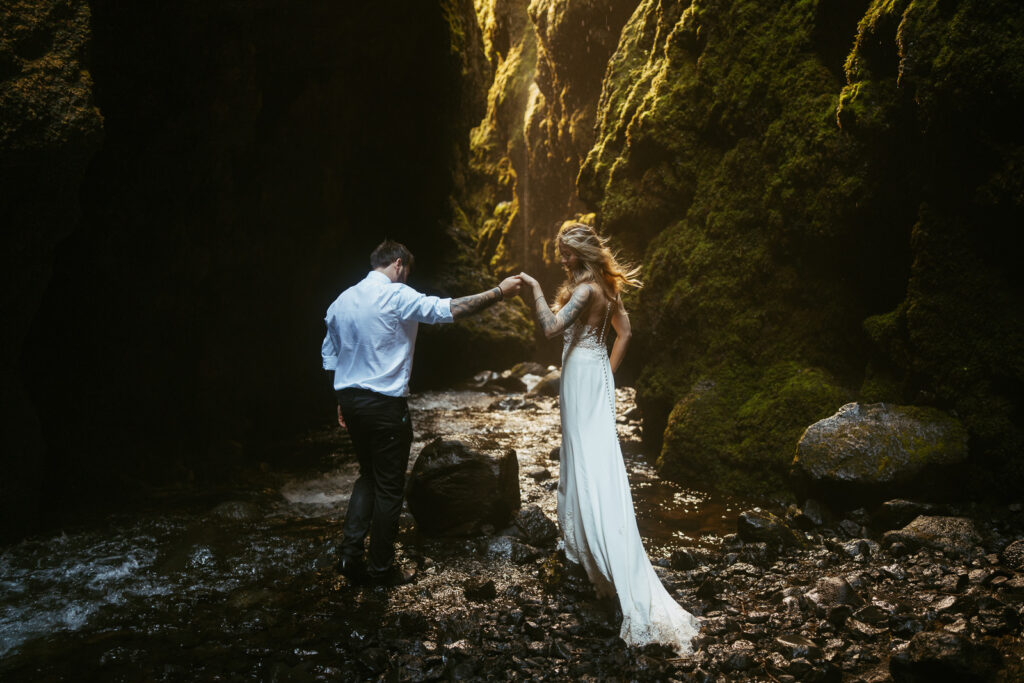

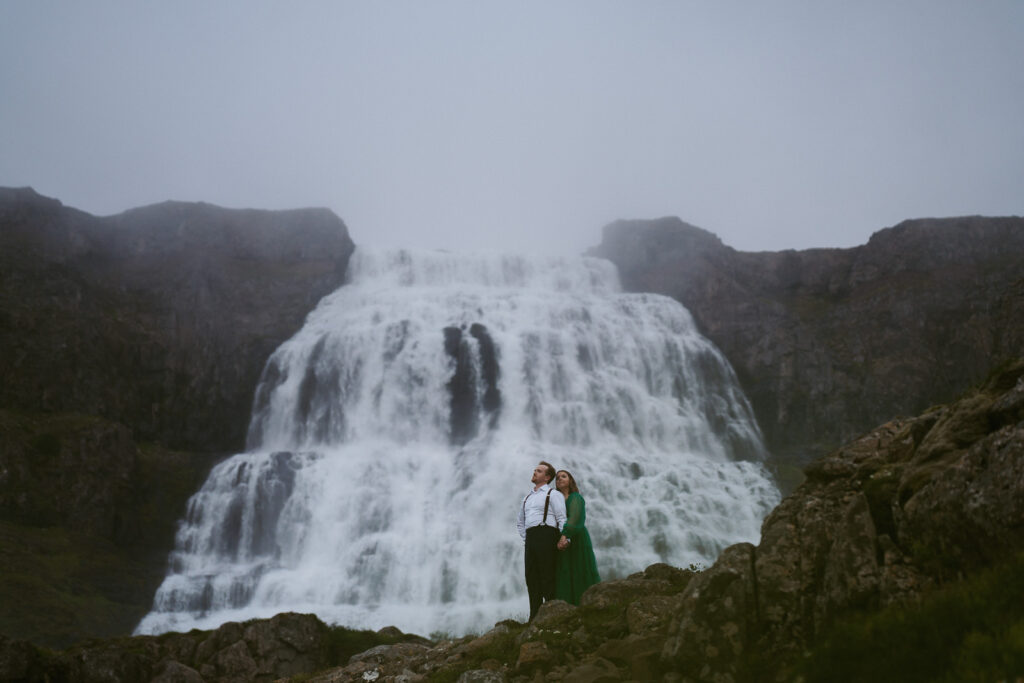
TOP LOCATIONS FOR ELOPEMENT CEREMONY IN ICELAND
Choosing the perfect location to say your vows is one of the most memorable aspects of your elopement. Iceland’s diverse landscapes offer a range of stunning backdrops, from dramatic waterfalls and black sand beaches to serene geothermal lagoons and rugged highlands. Whether you dream of a magical setting by a glacier or a tranquil spot in a remote fjord, selecting the right area will ensure your special day is nothing short of extraordinary. Here are some of the best elopement locations across Iceland, to help you find the ideal place to exchange your vows.
LET’S START PLANNING YOUR PERFECT DAY!
SOUTH COAST

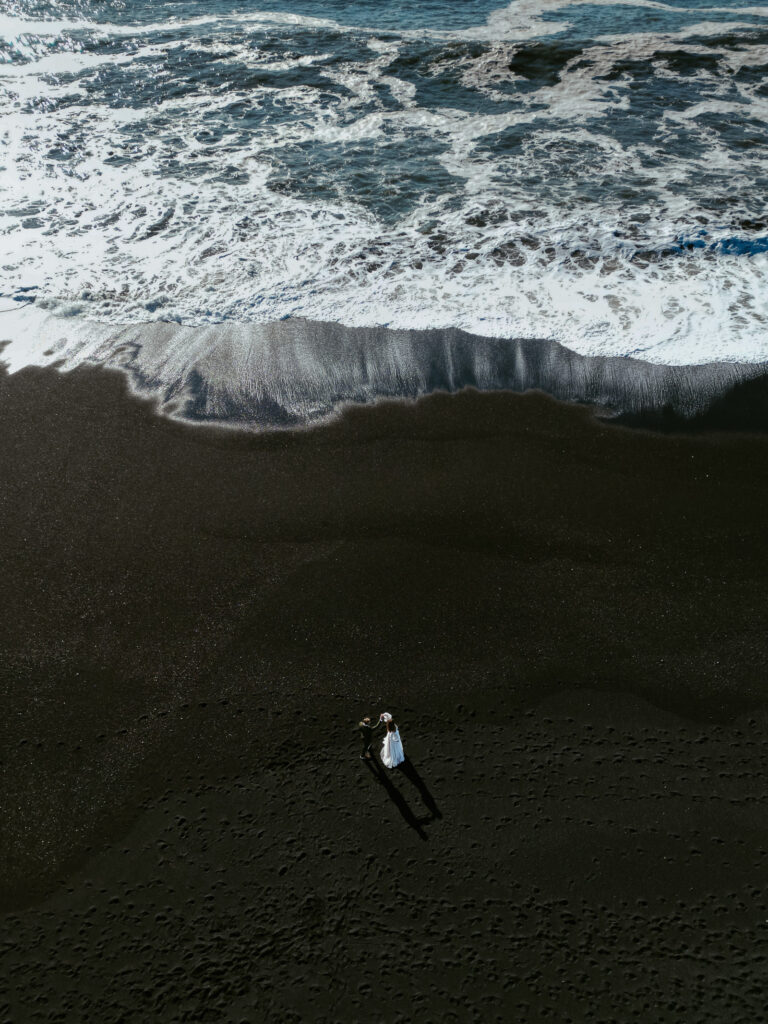
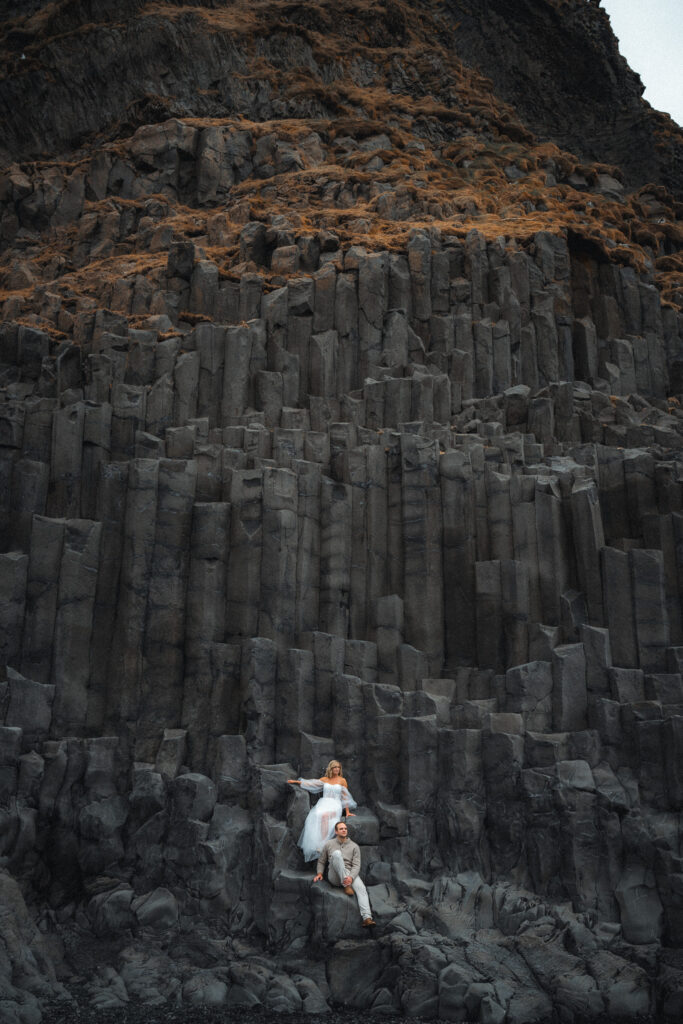
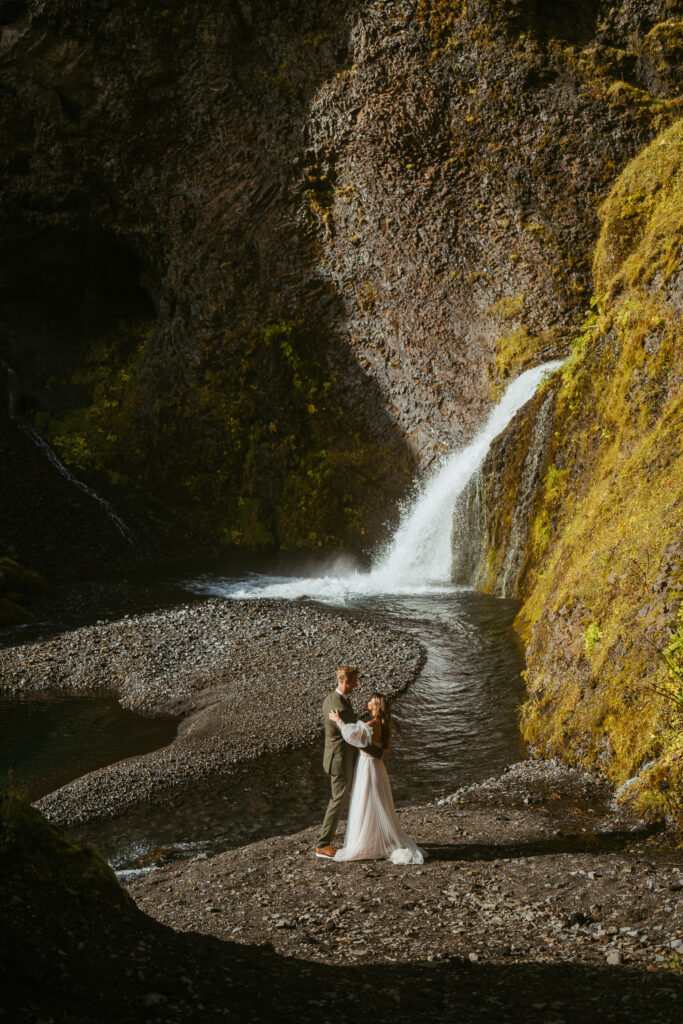
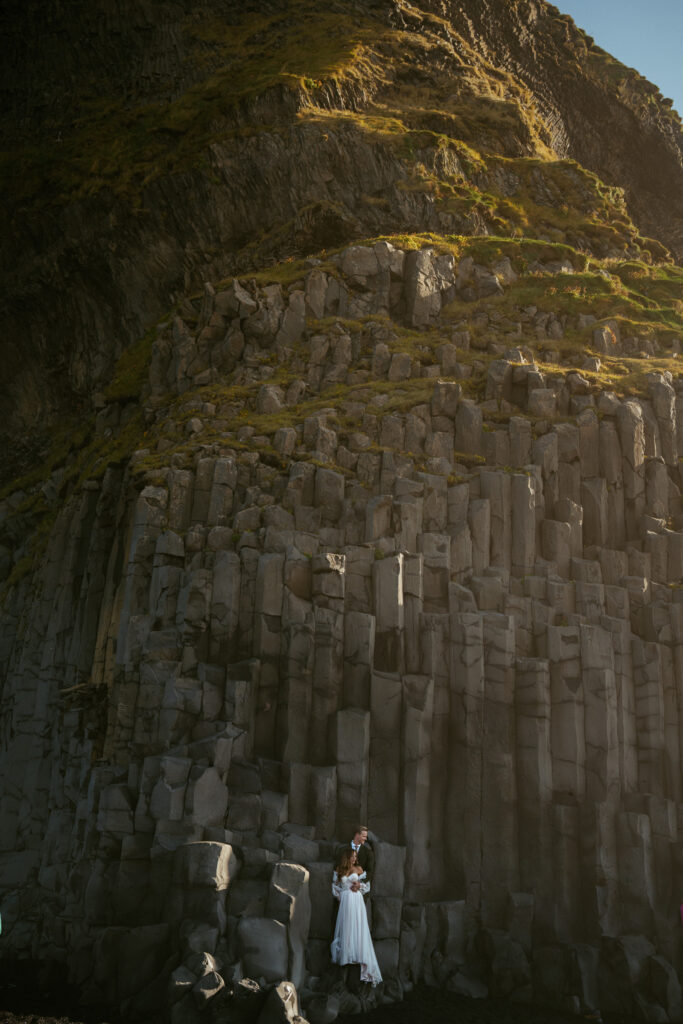
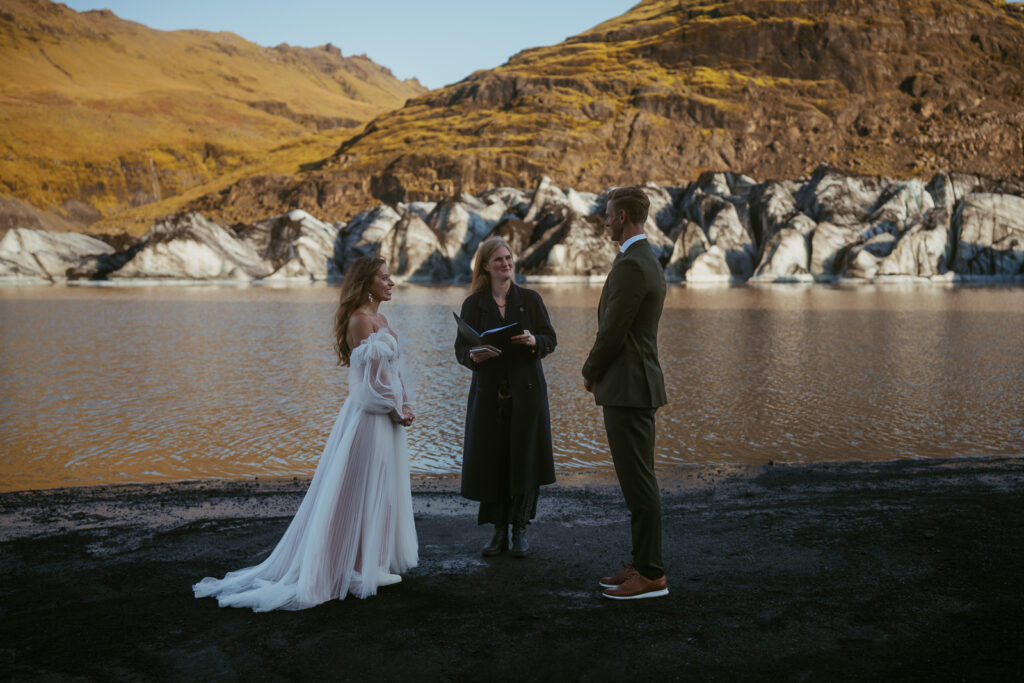
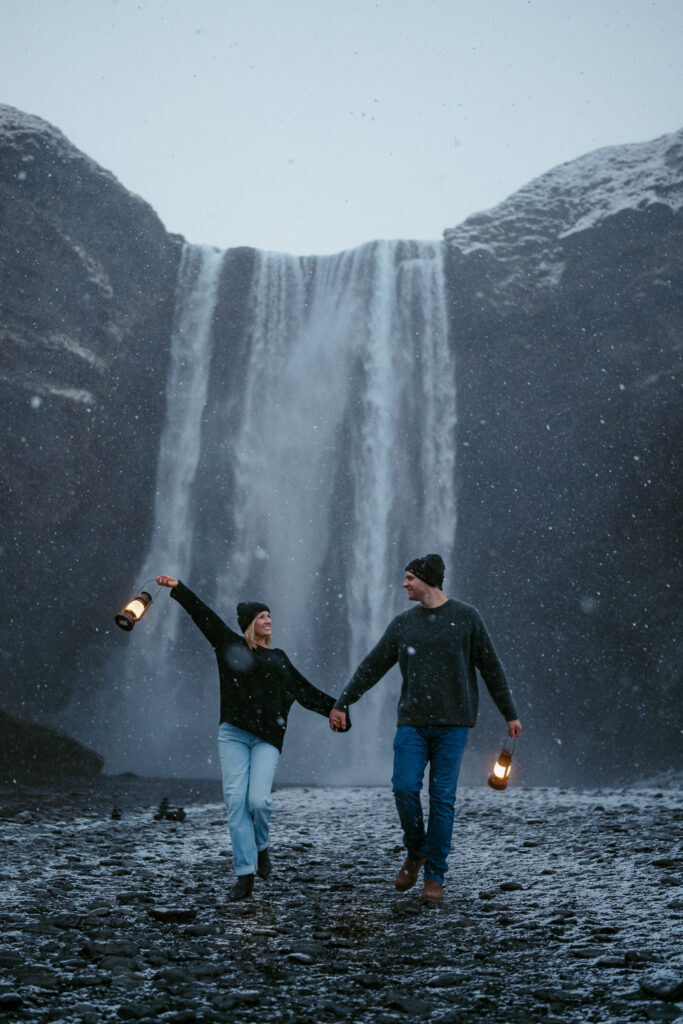
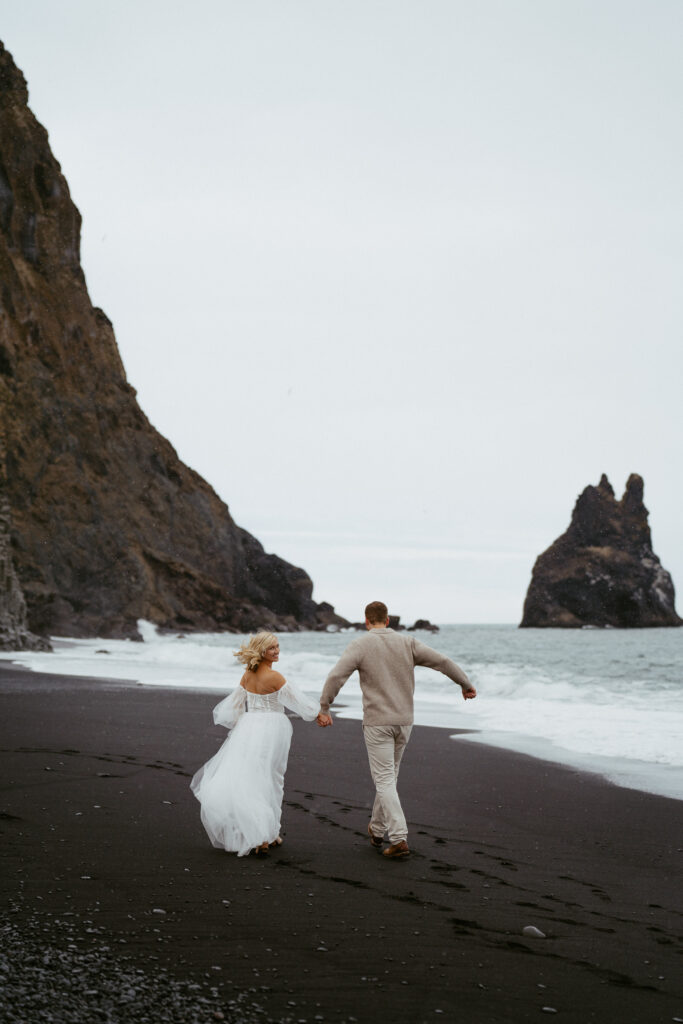
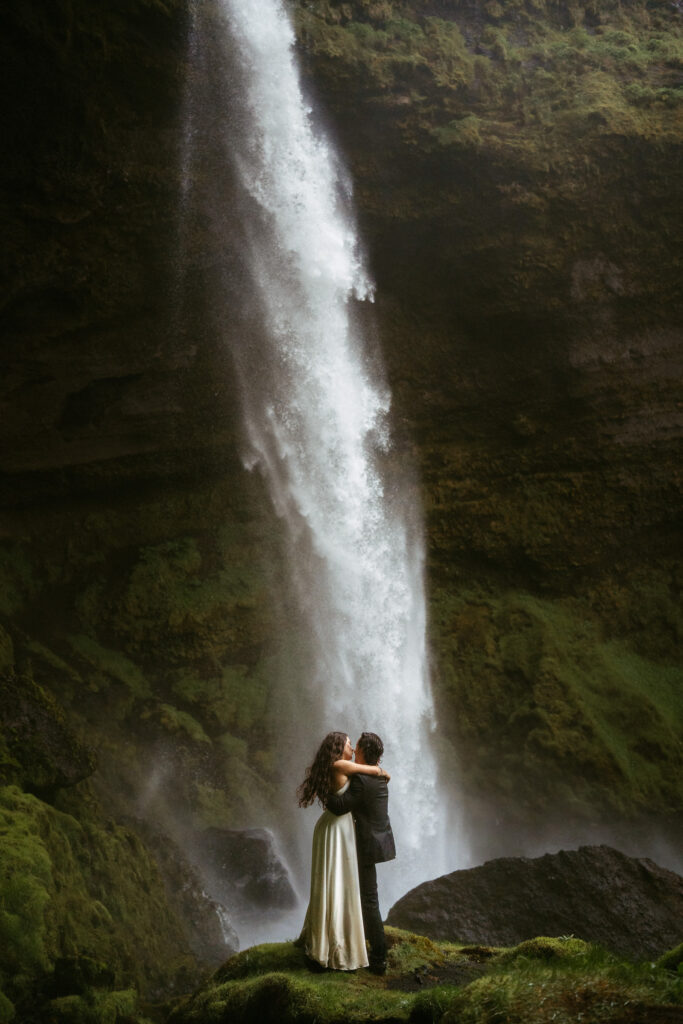
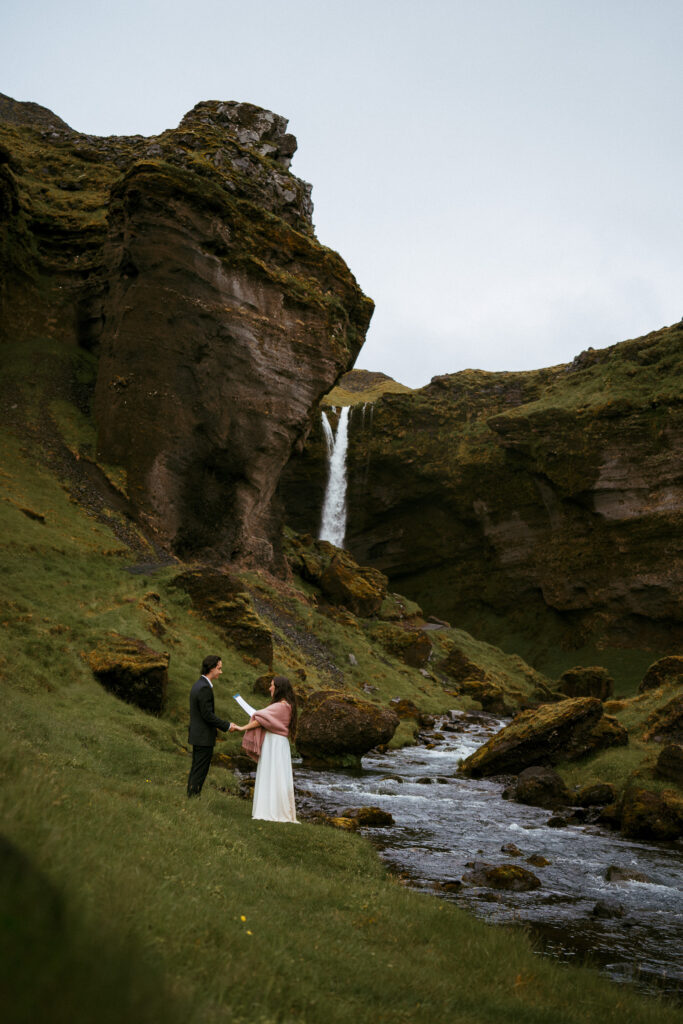
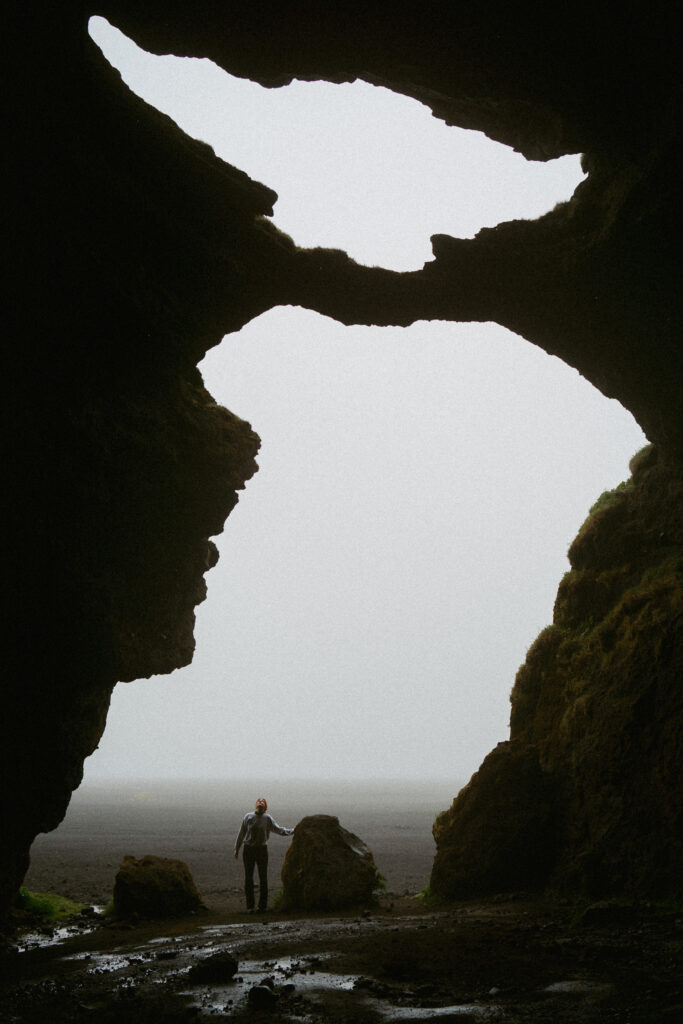
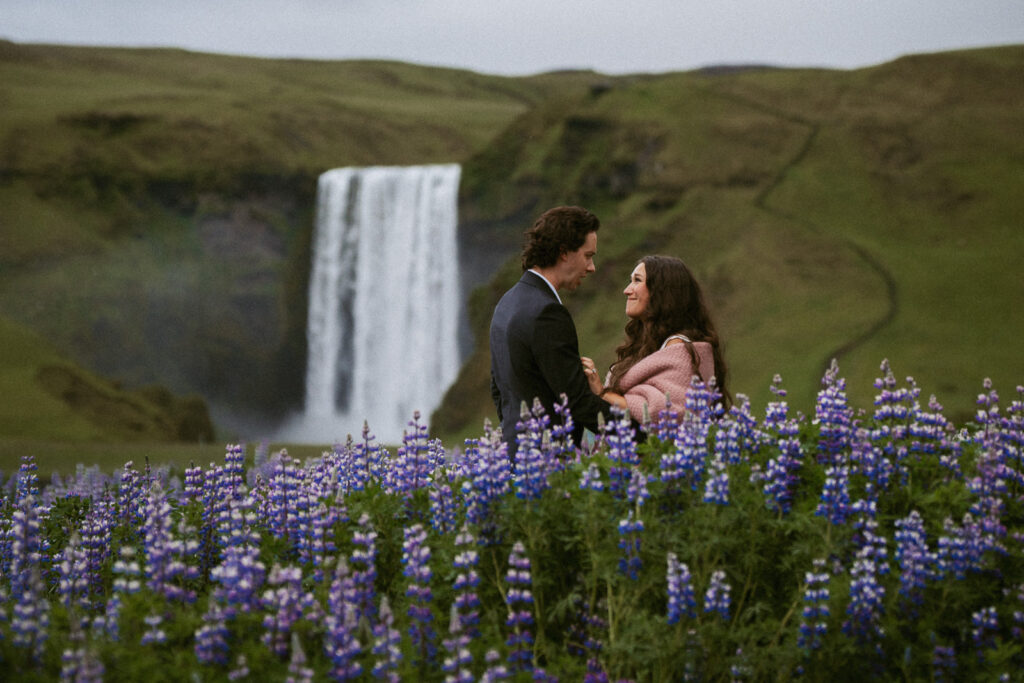
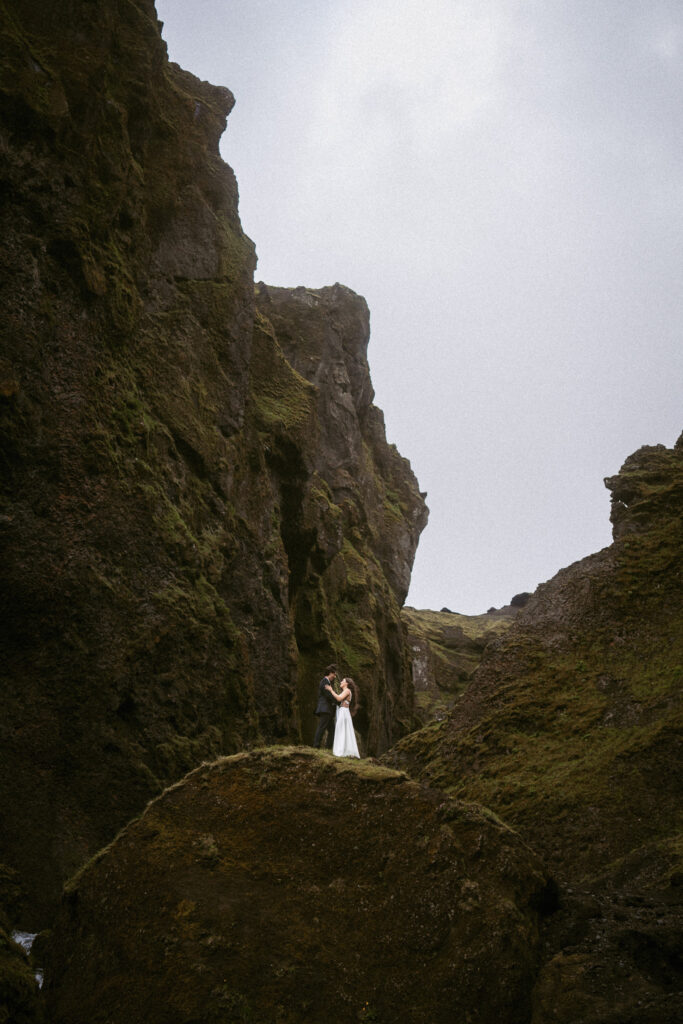
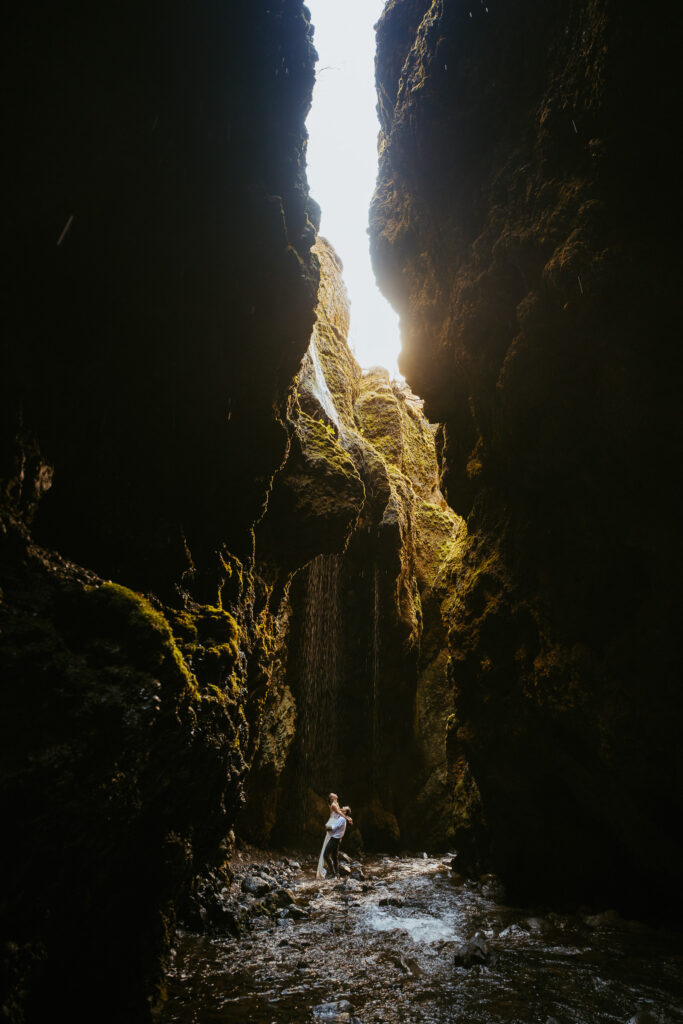

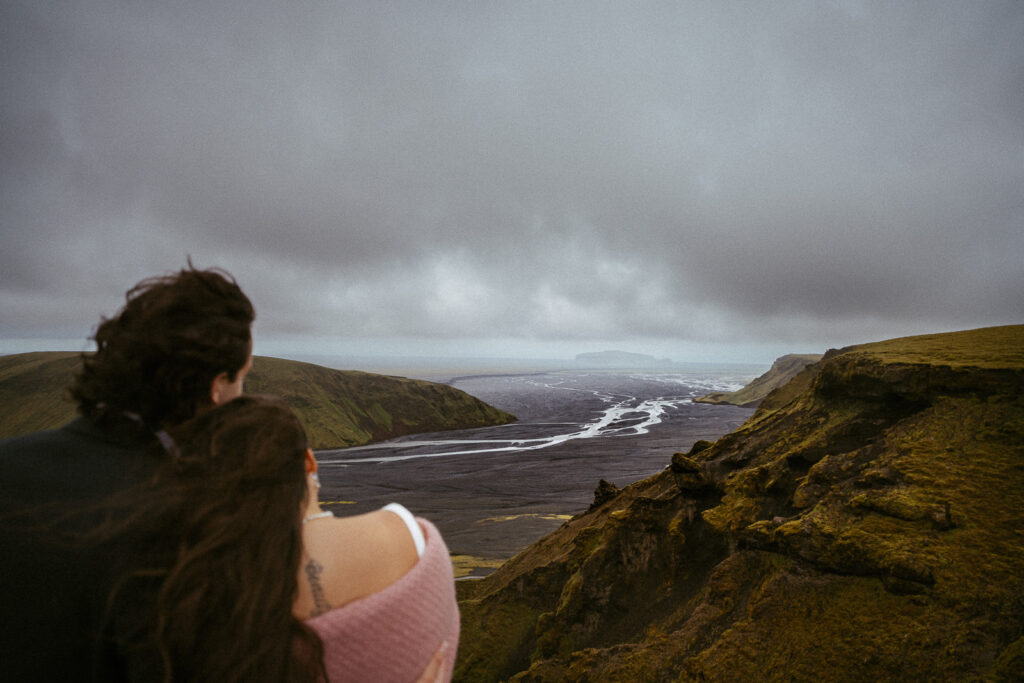

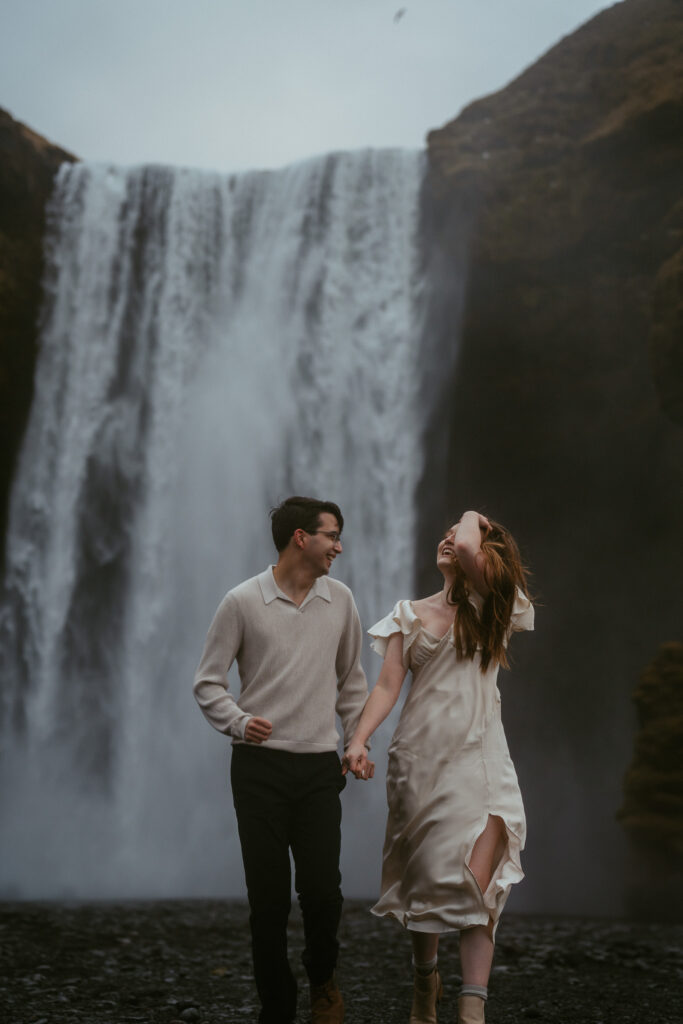
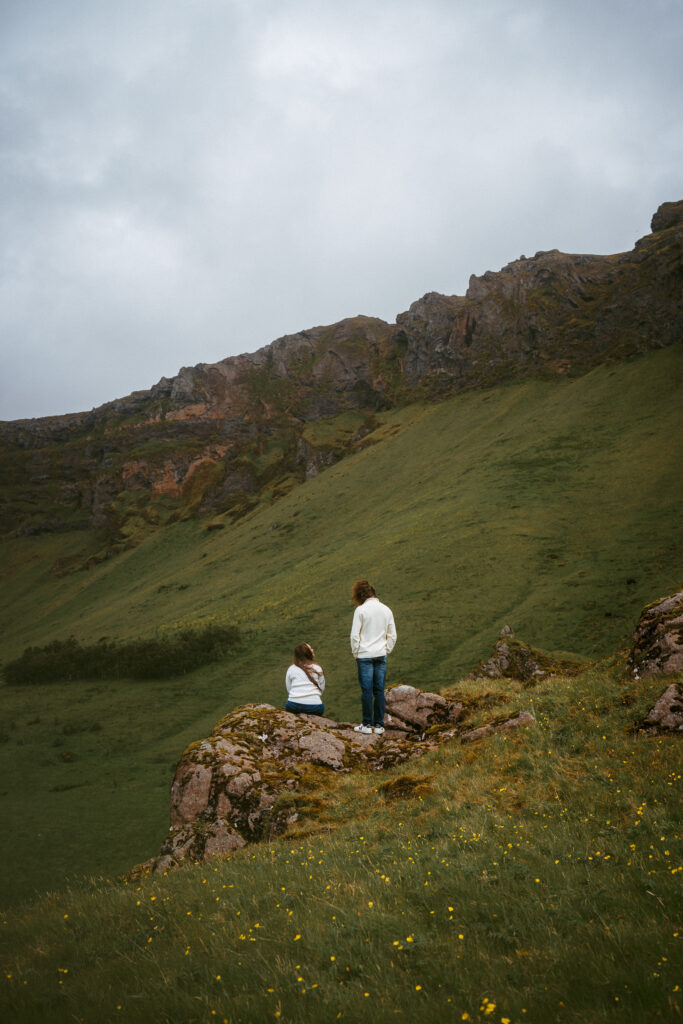
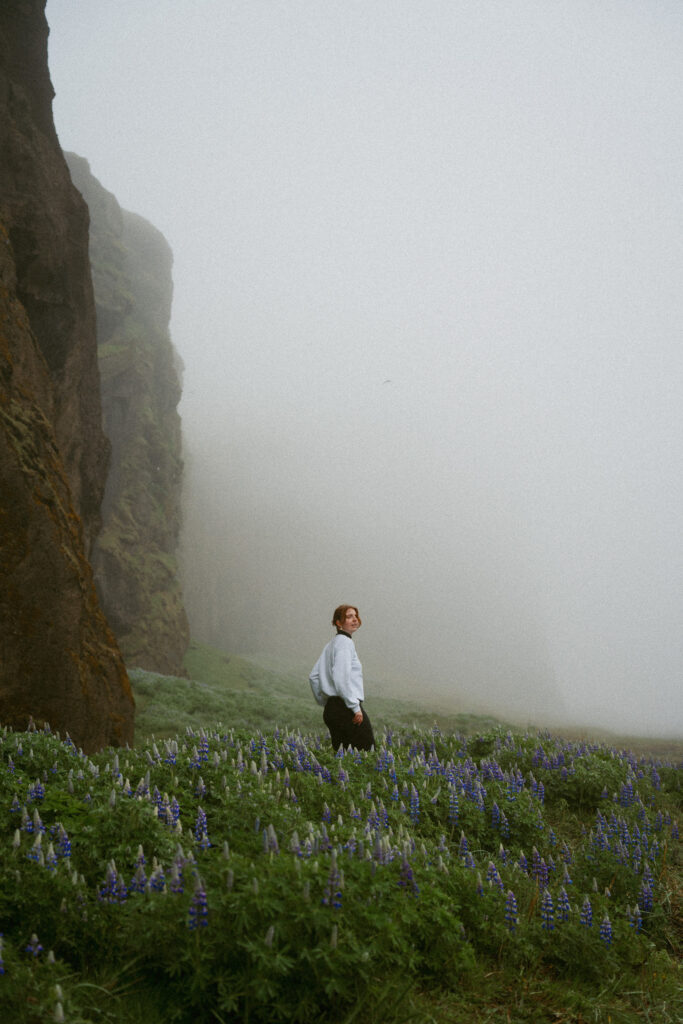
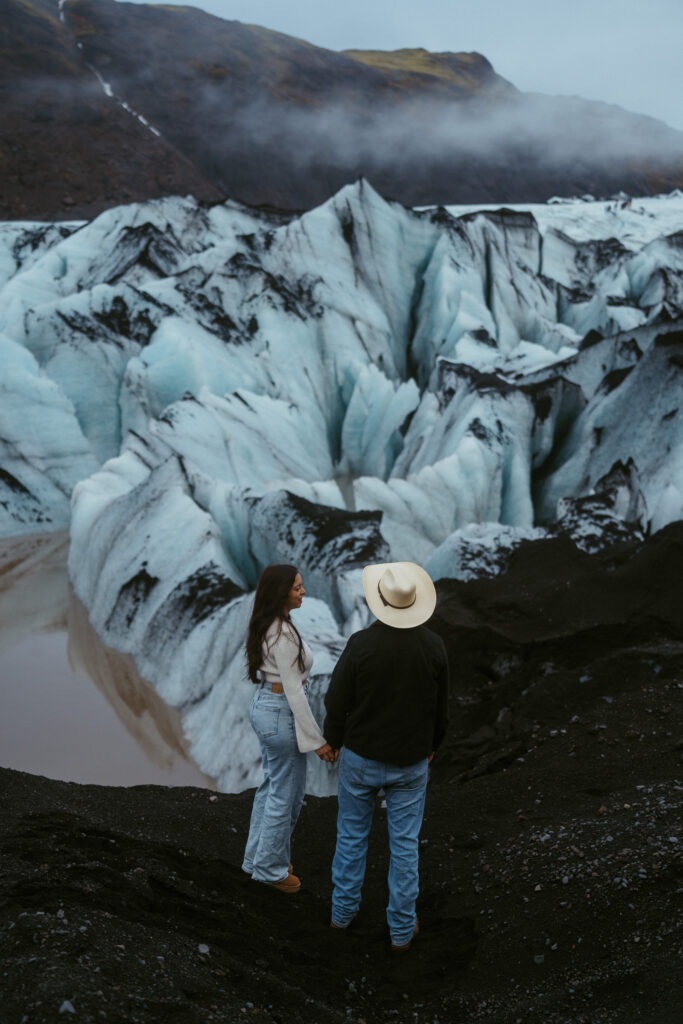
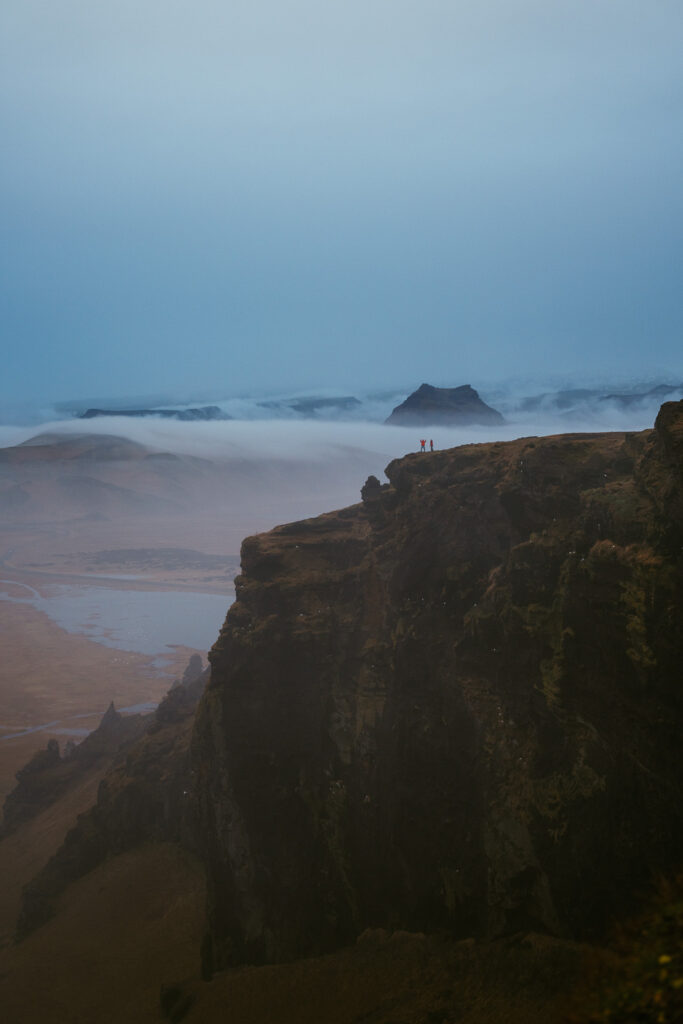
SNÆFELLSNES PENINSULA
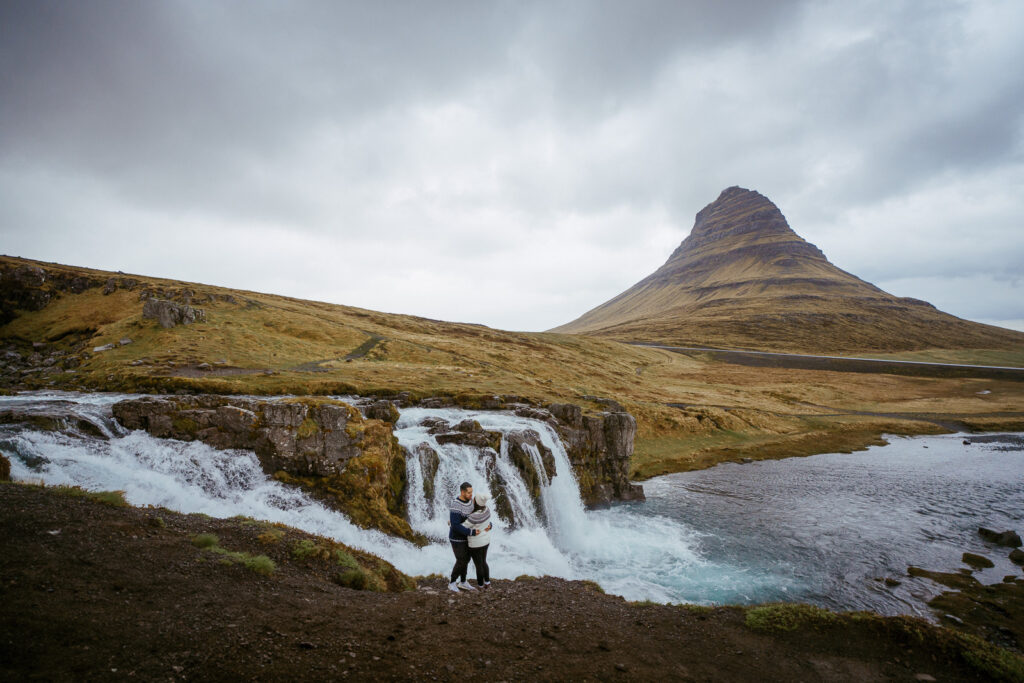
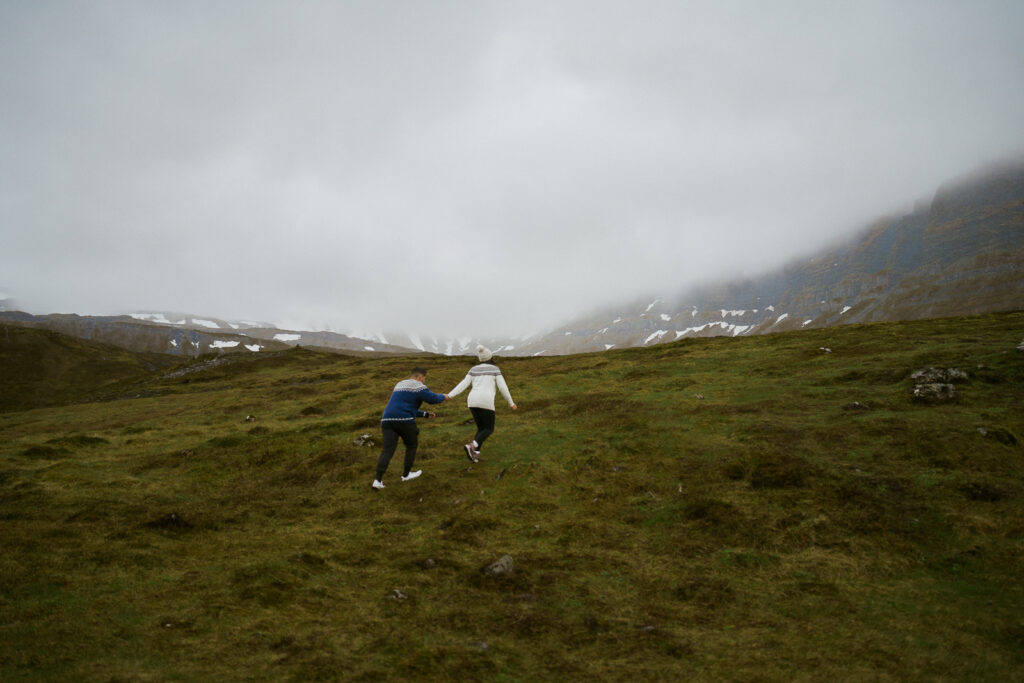
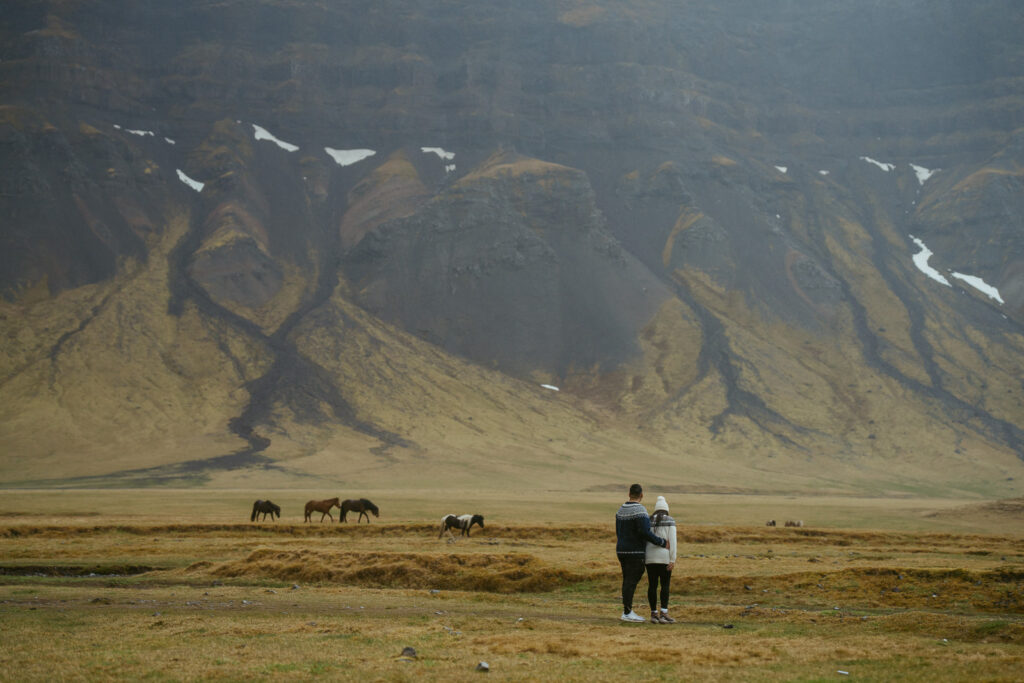
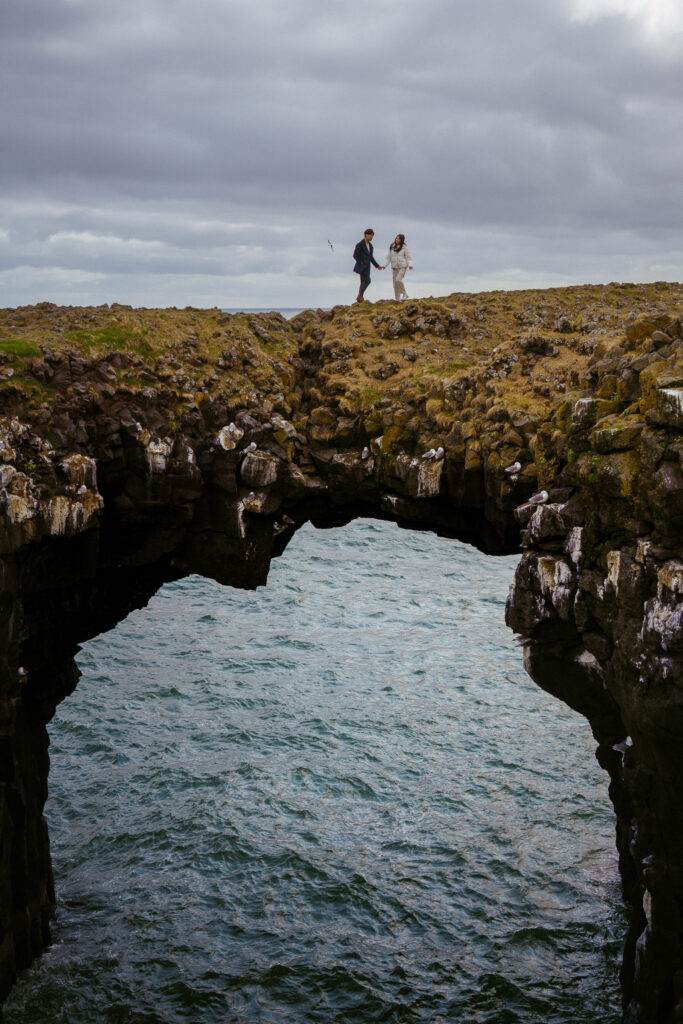
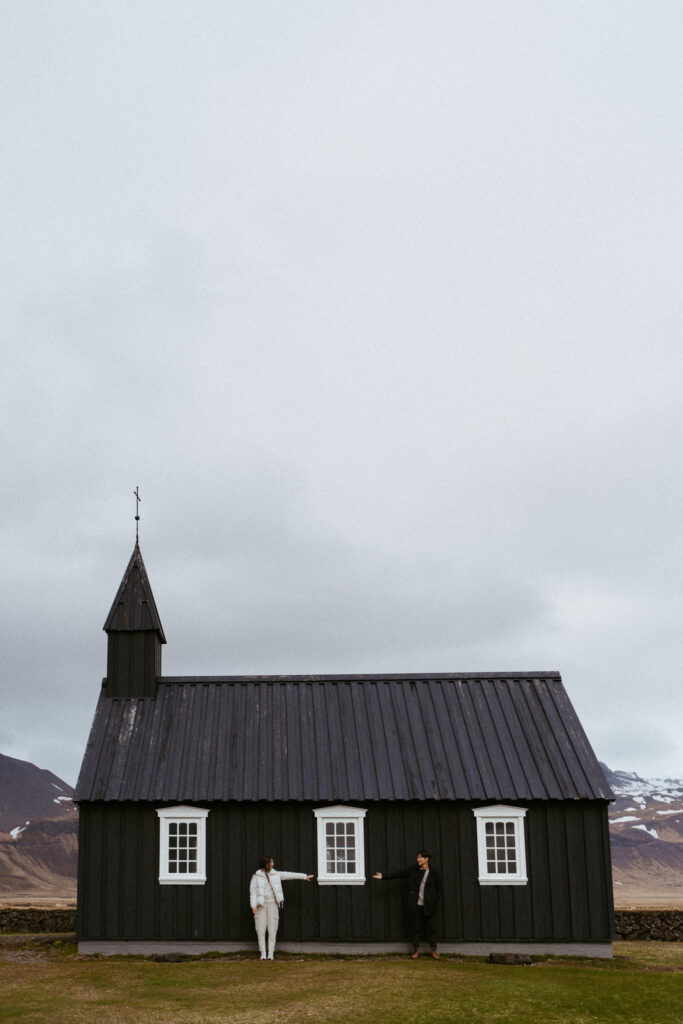
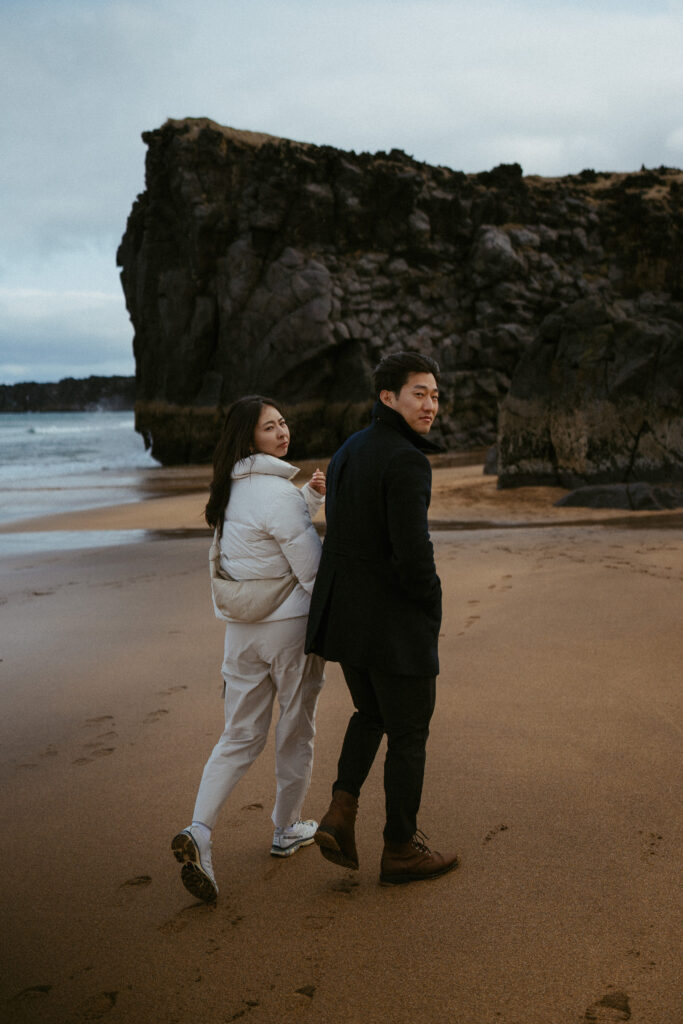

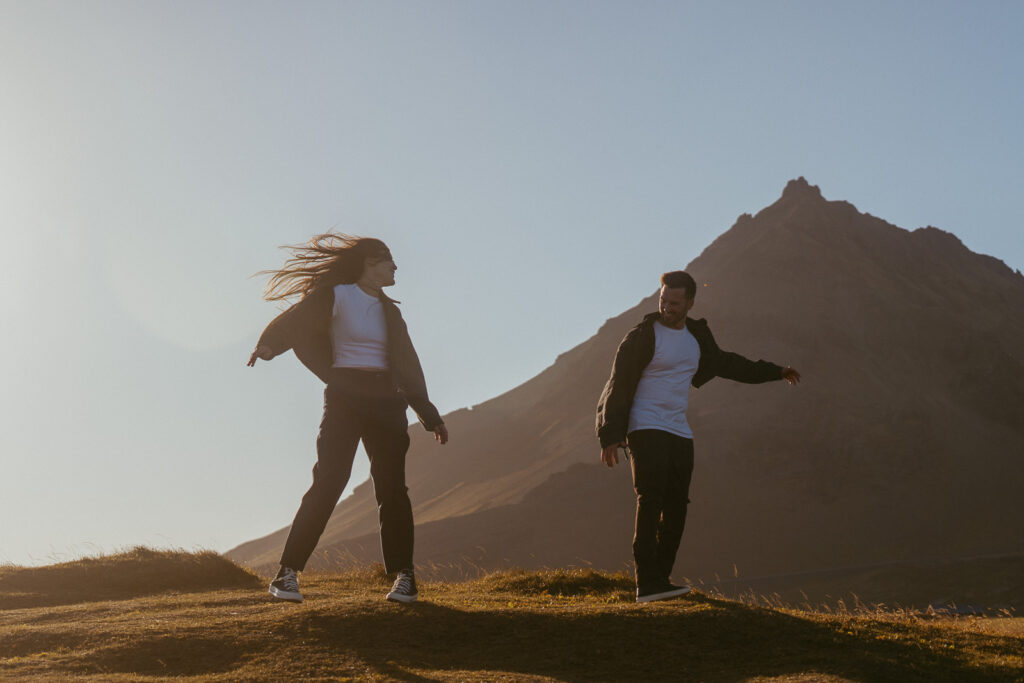

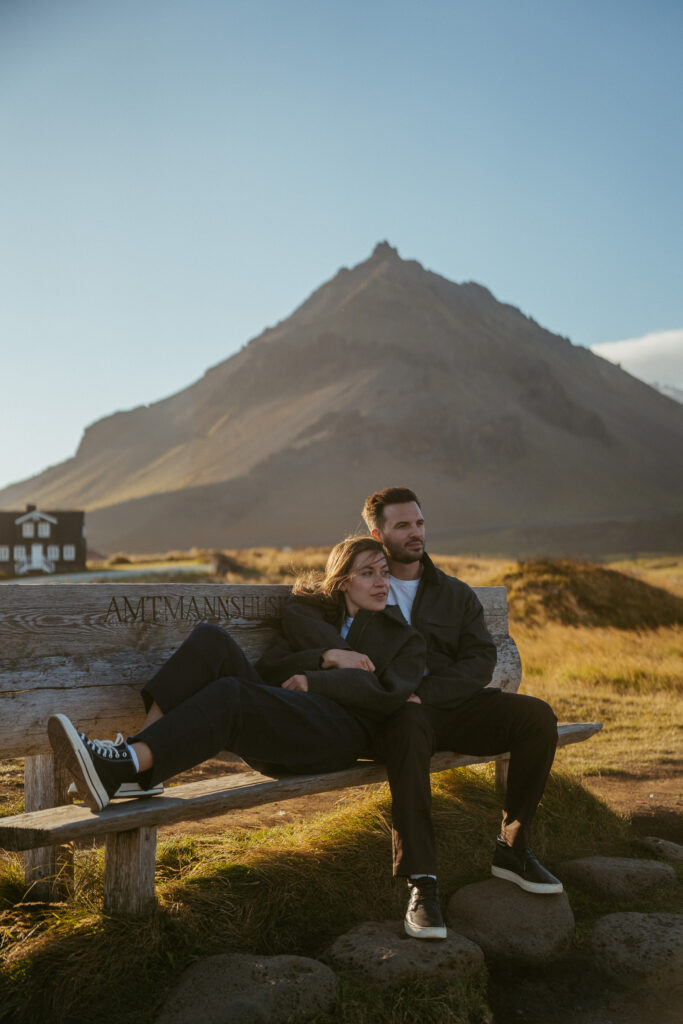
GLACIERS/ICE CAVES
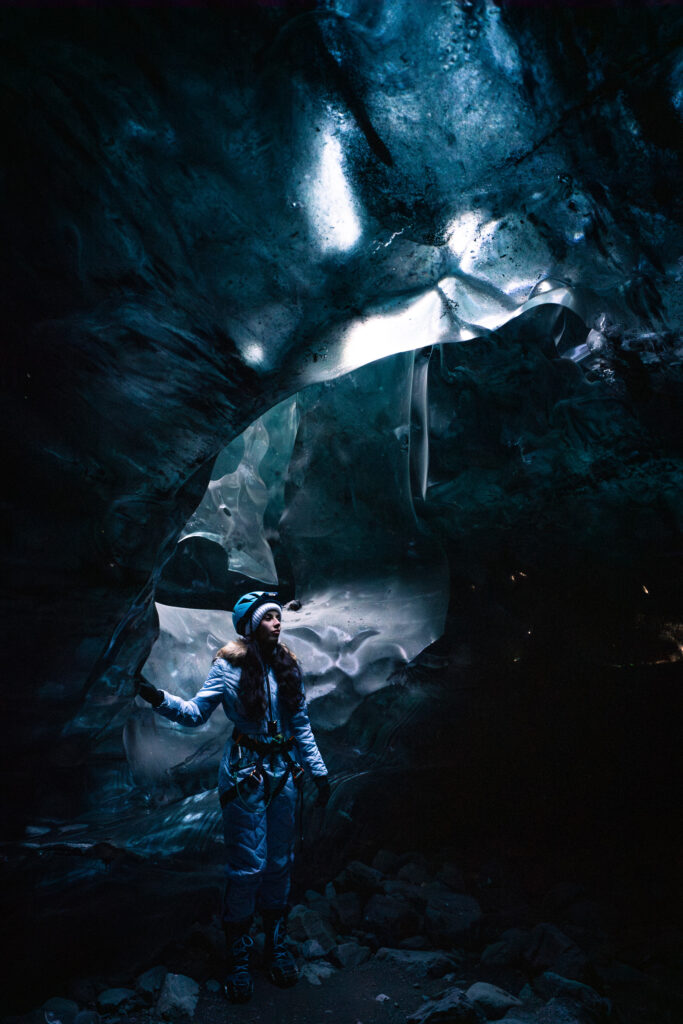
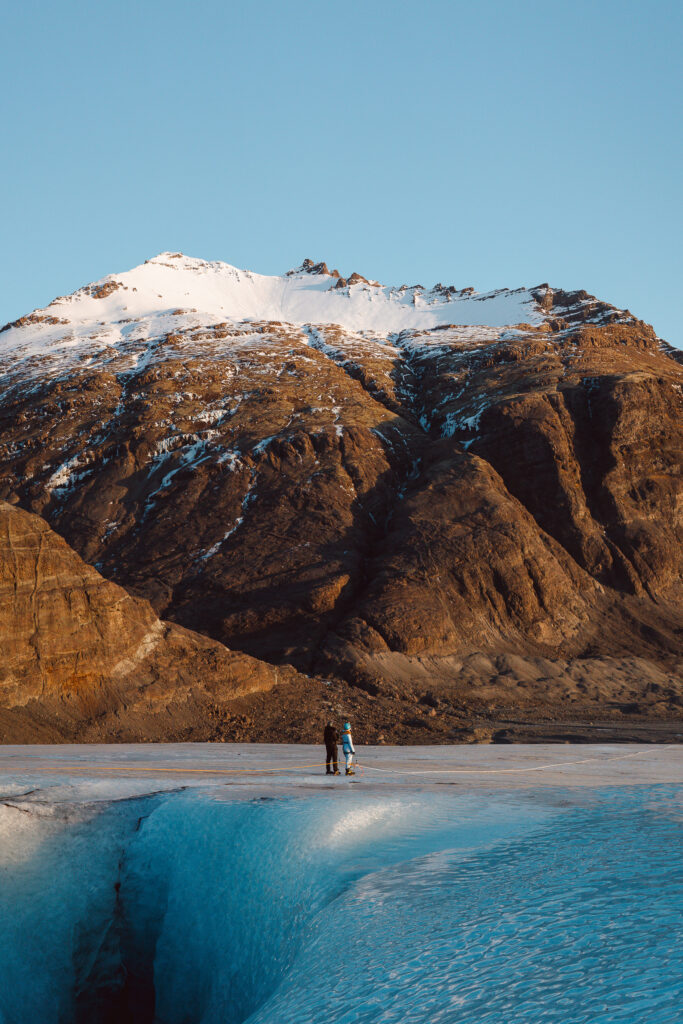
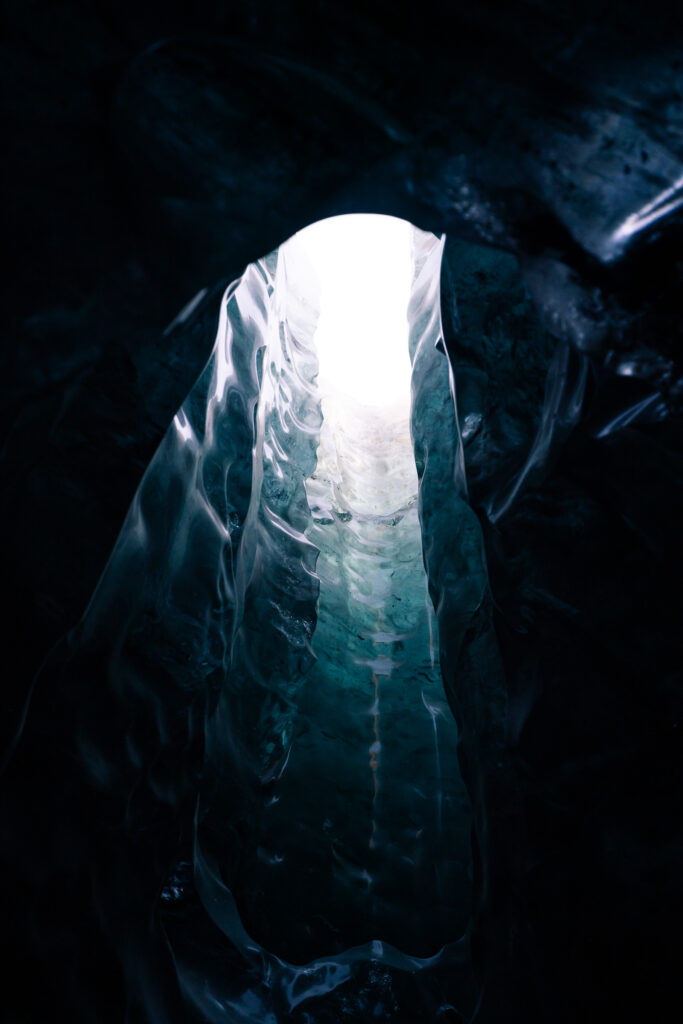
SOUTH EAST ICELAND
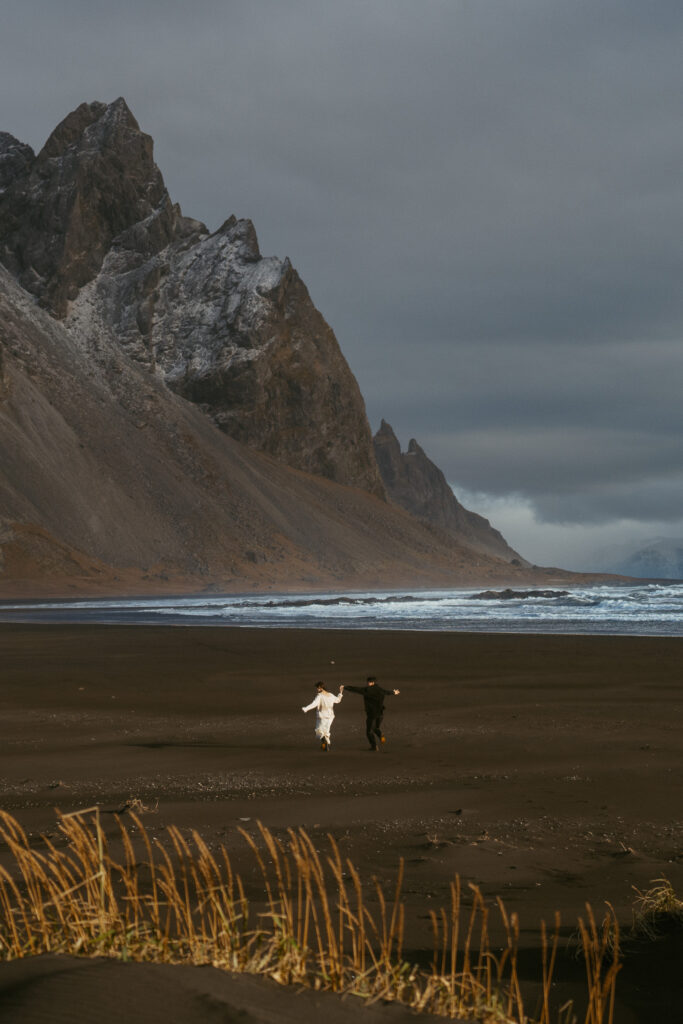
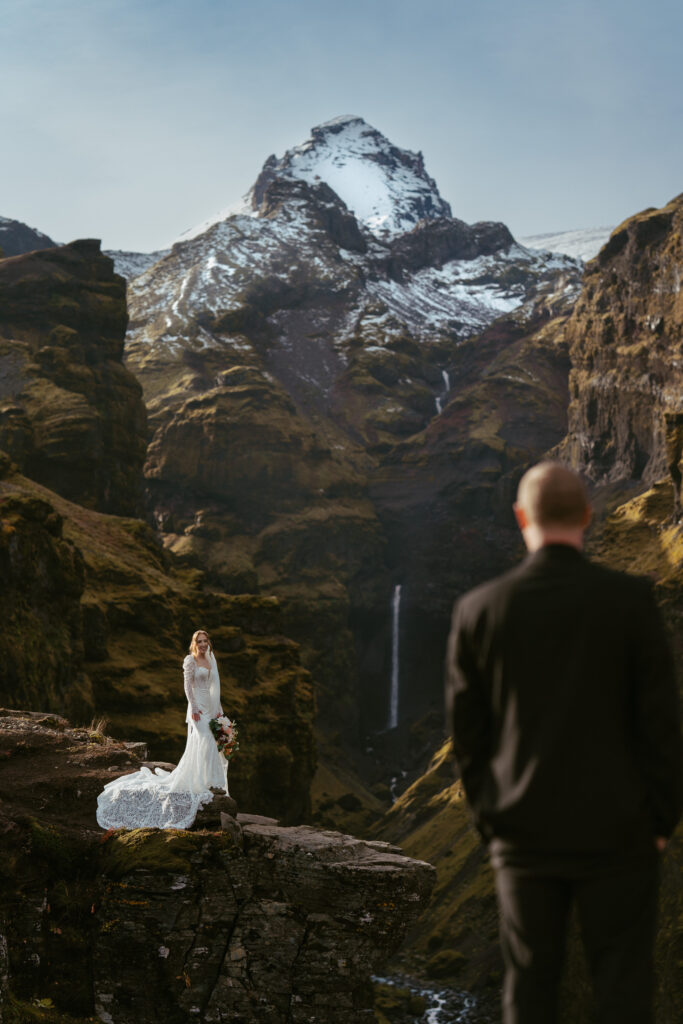
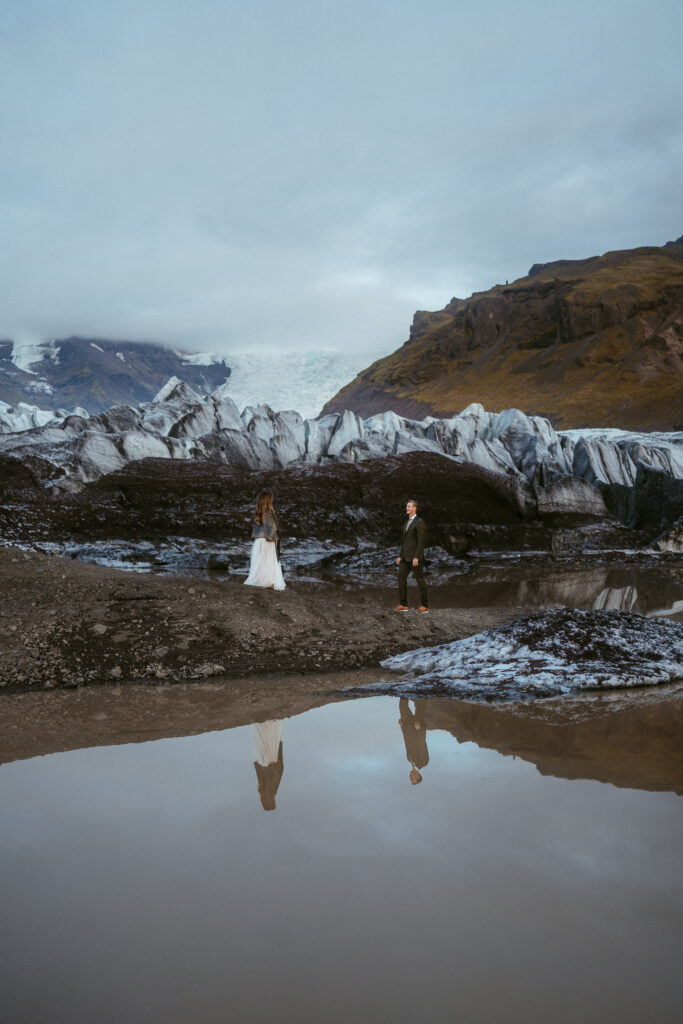
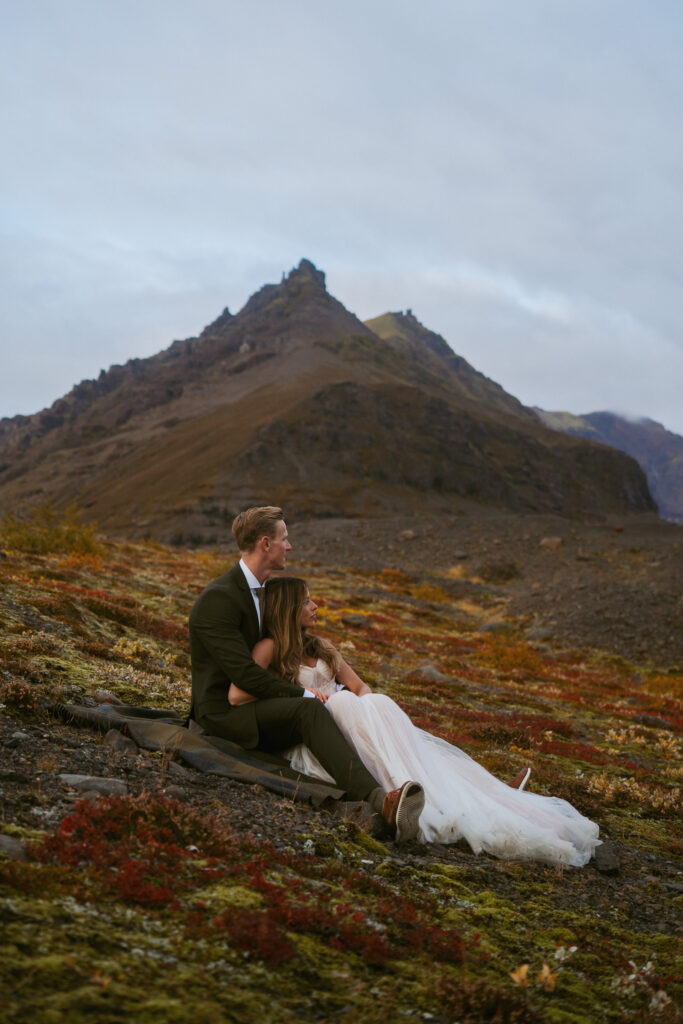
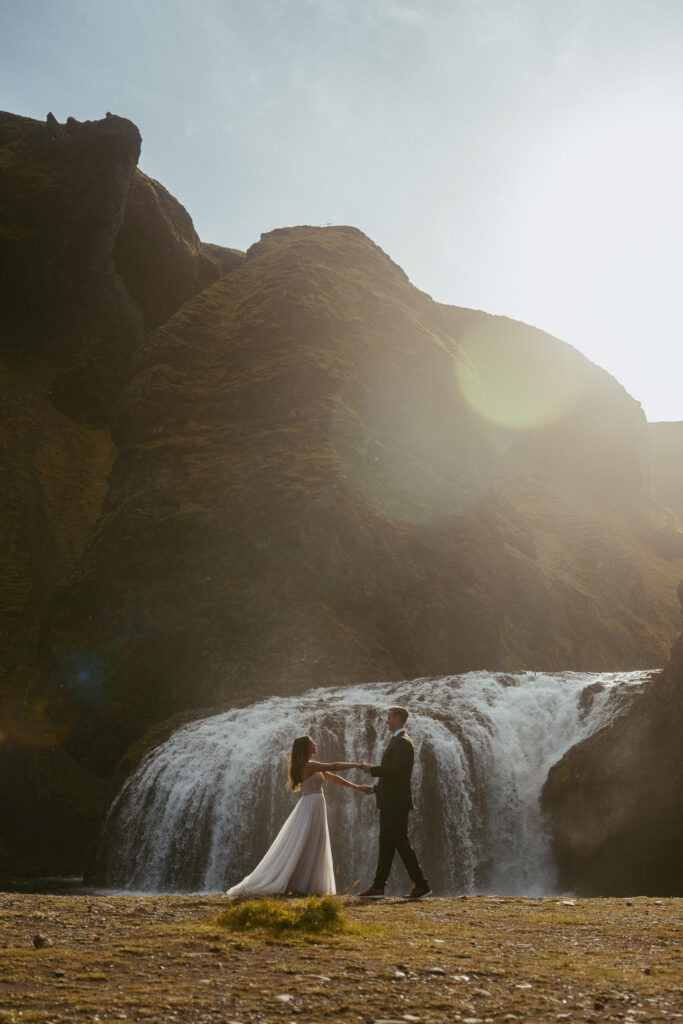
WESTFJORDS
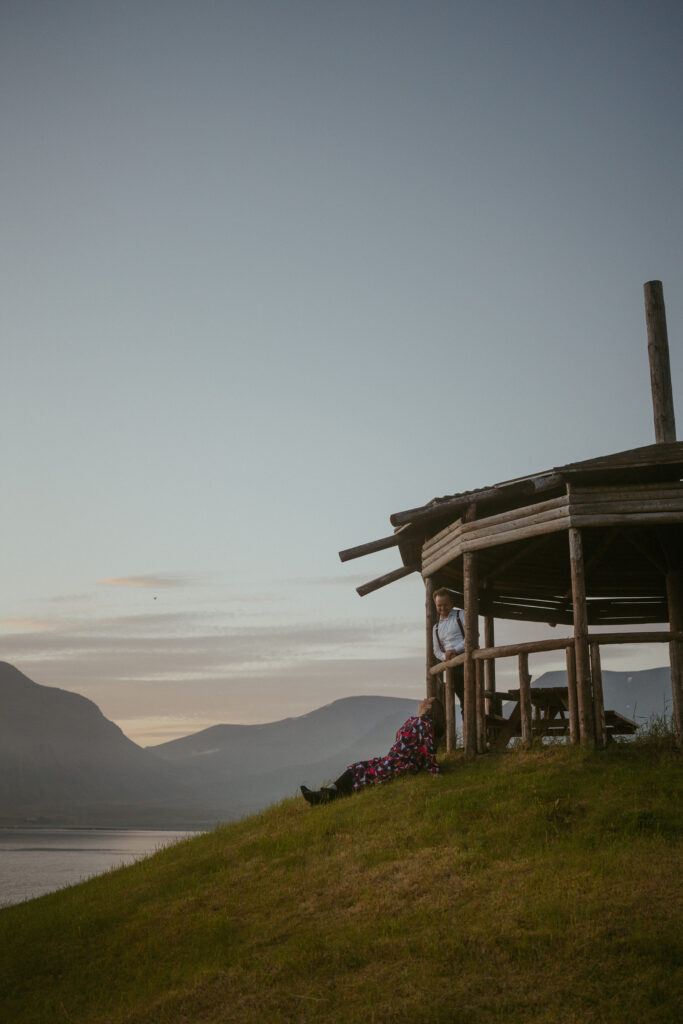
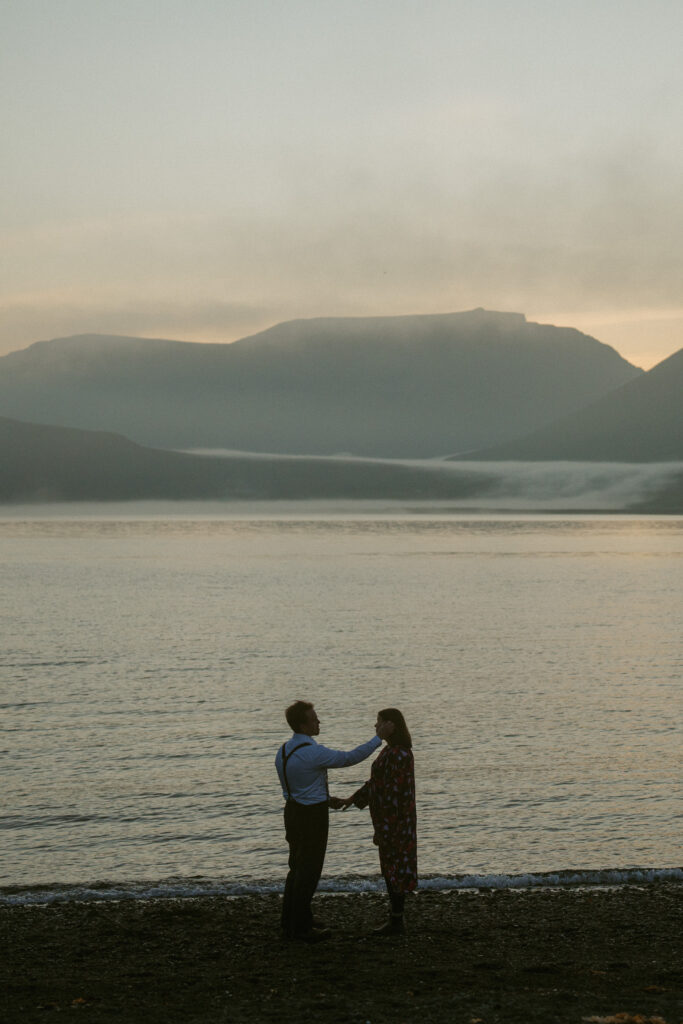
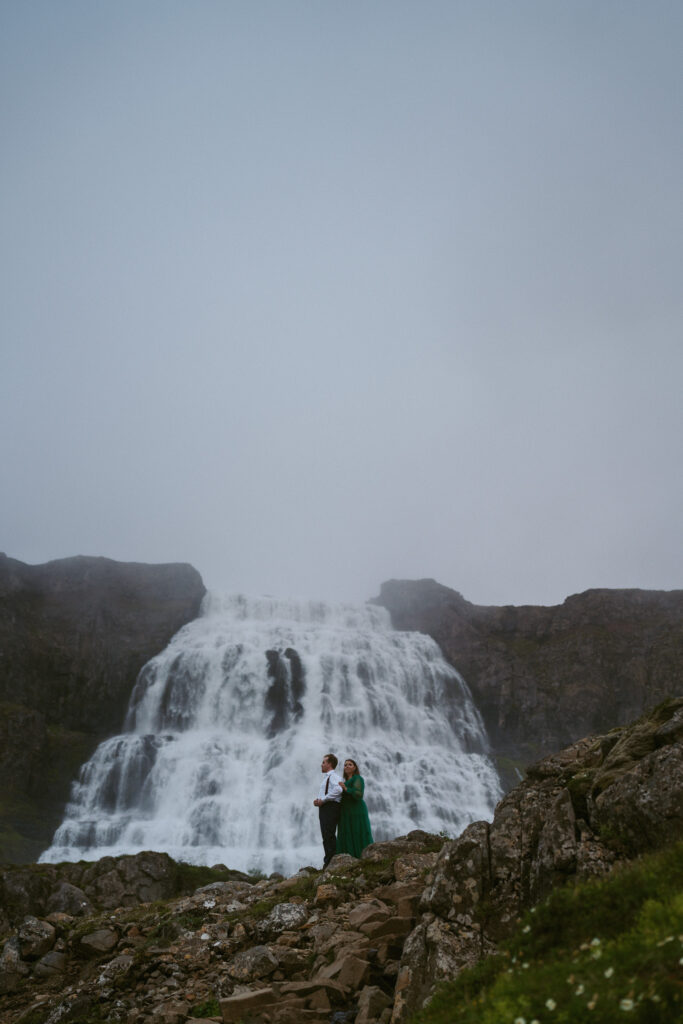
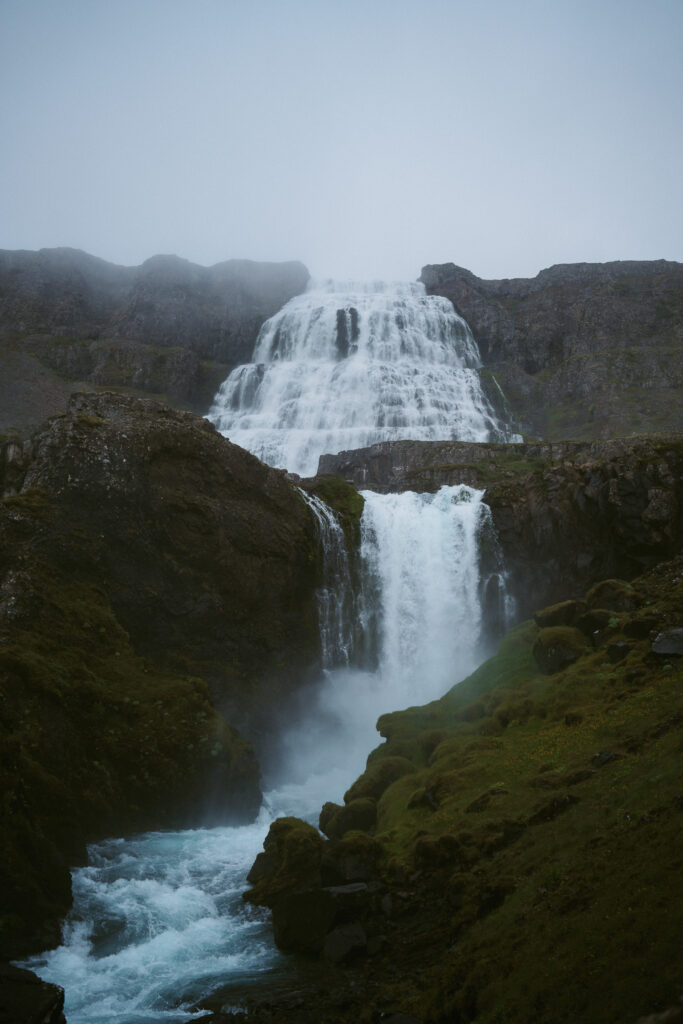

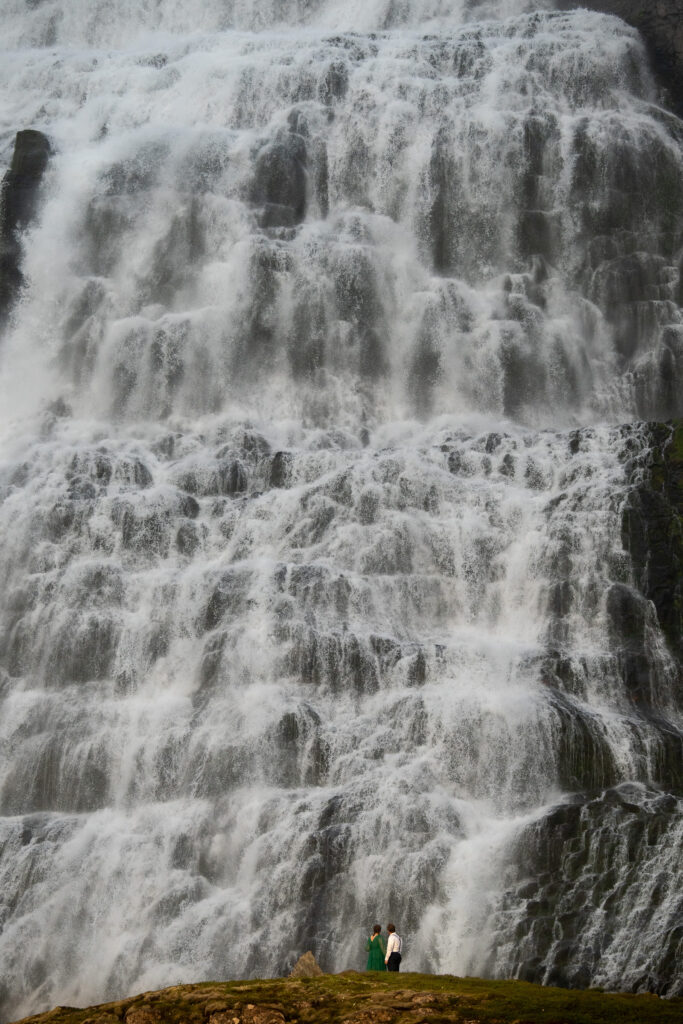
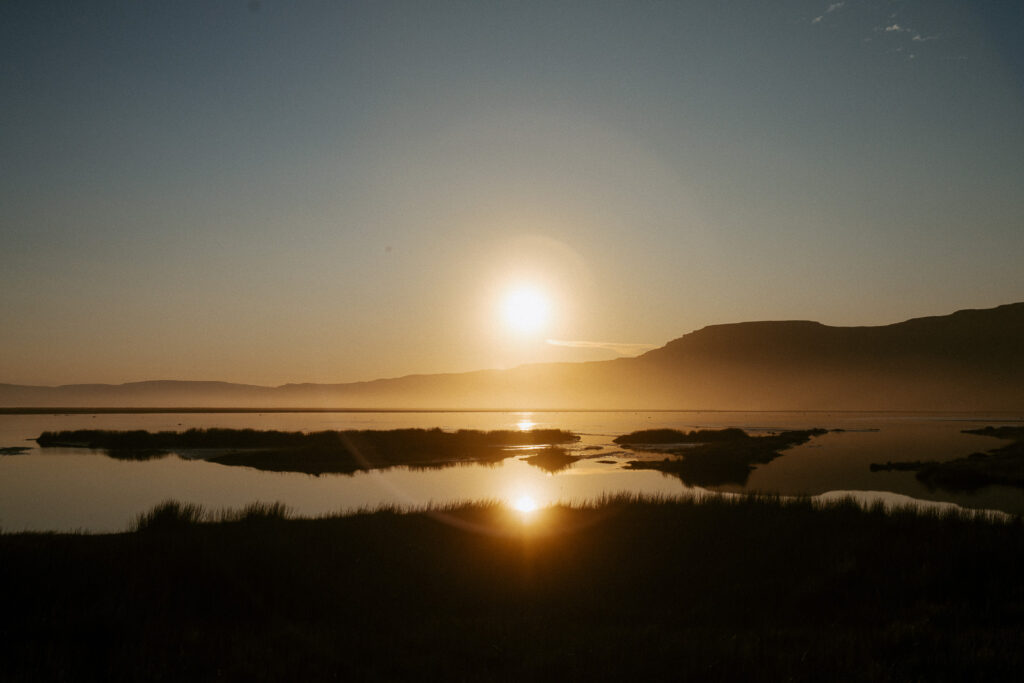
NEARBY REYKJAVIK
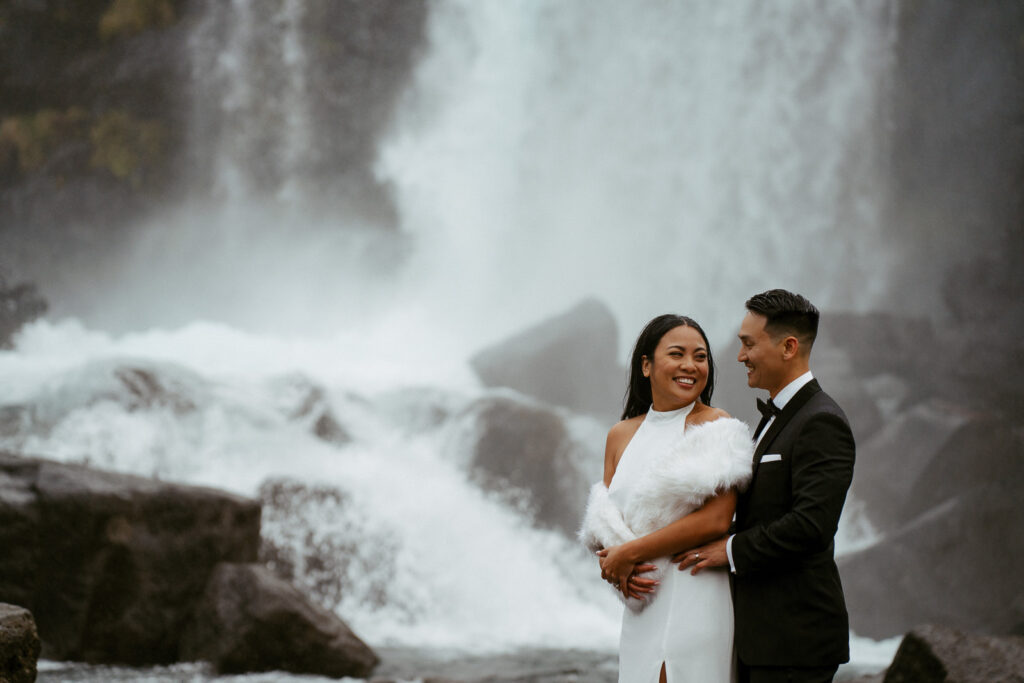
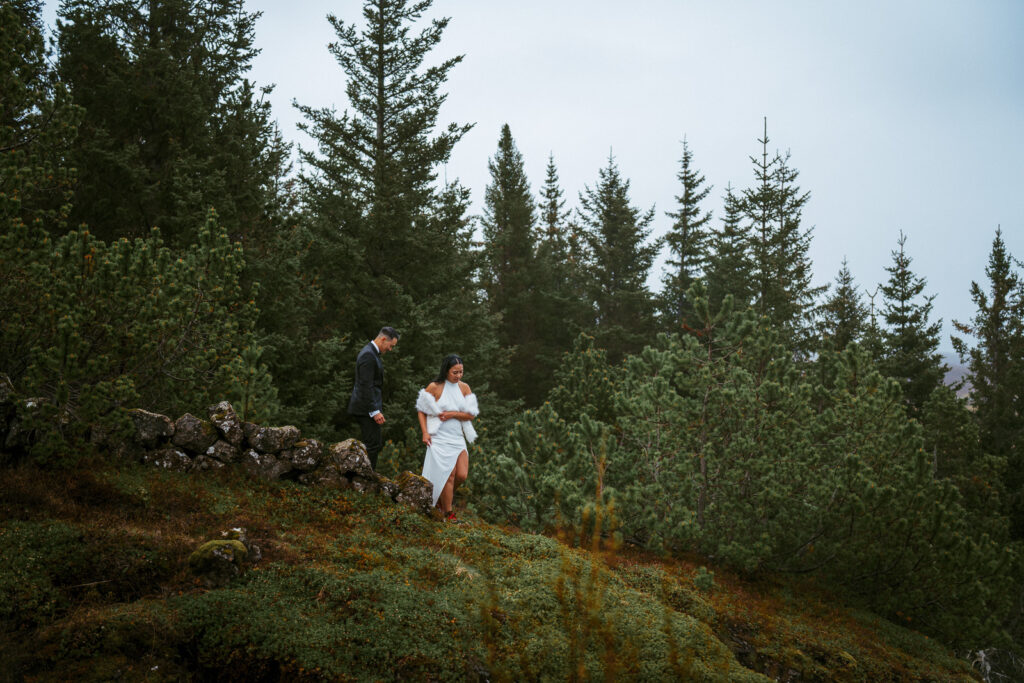
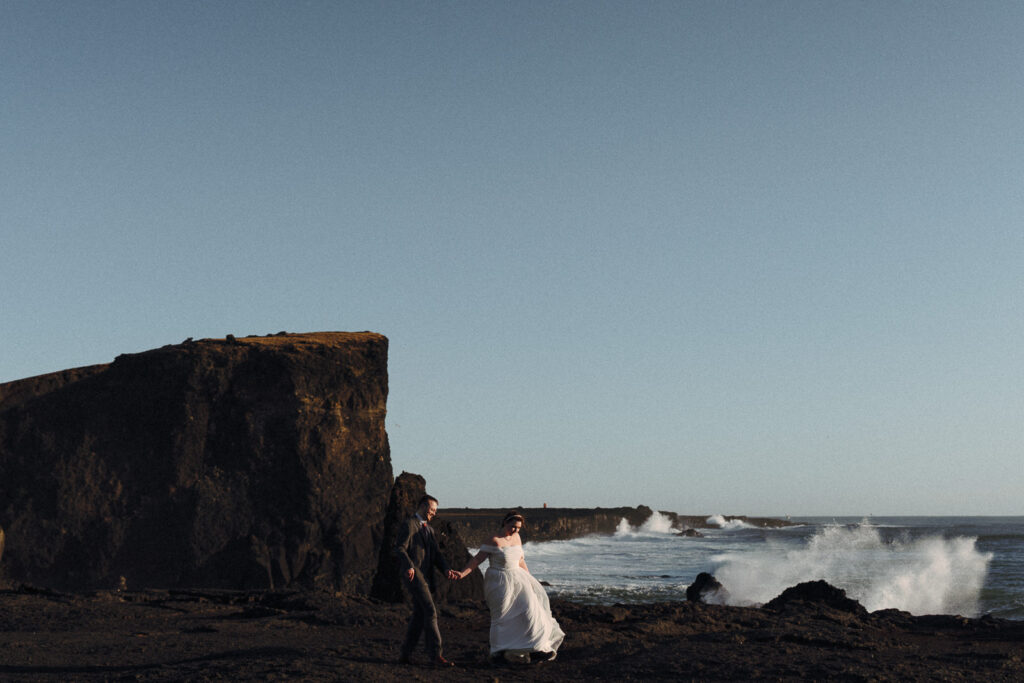
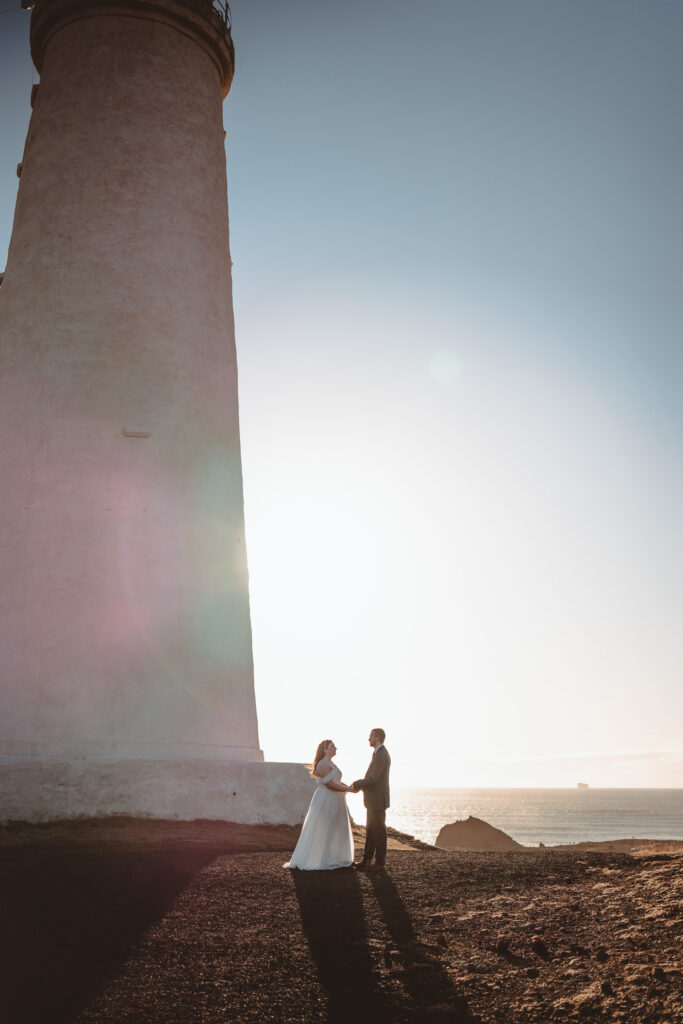
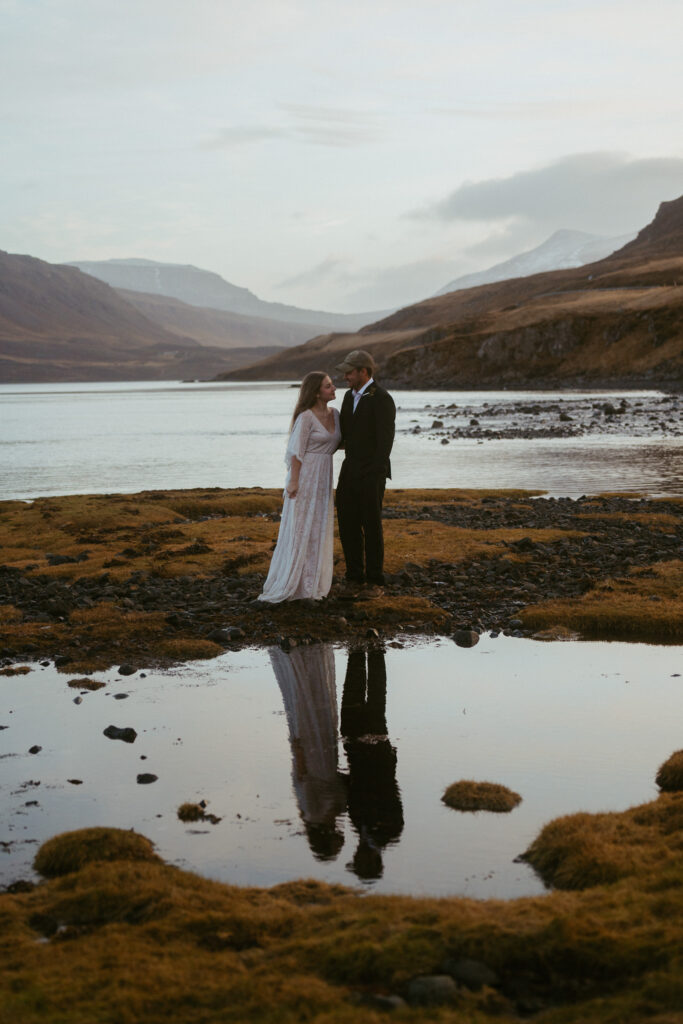
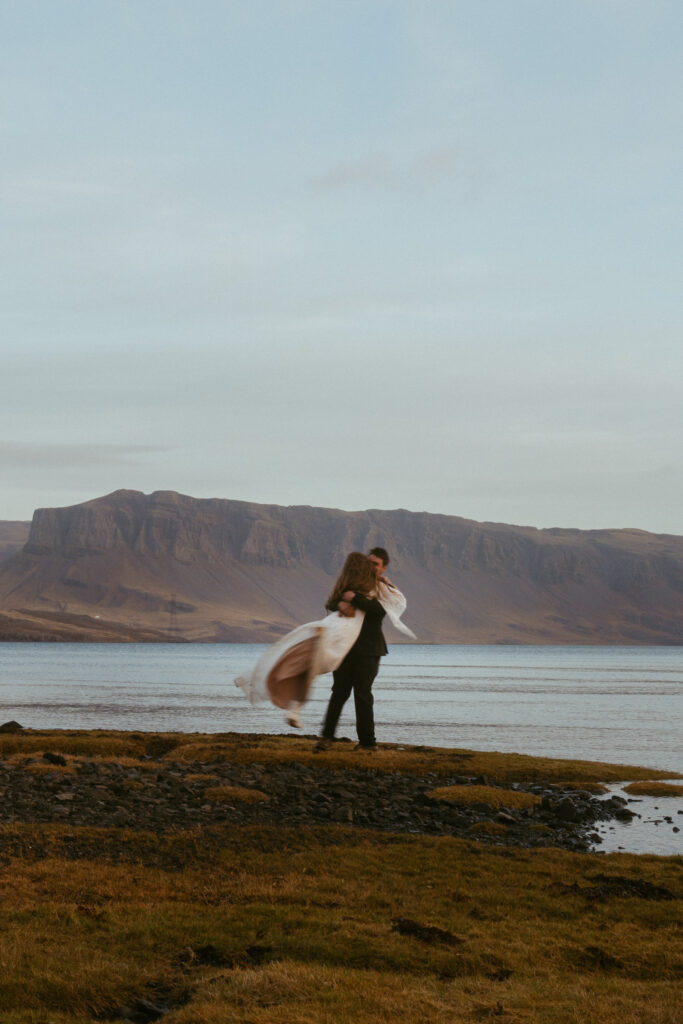
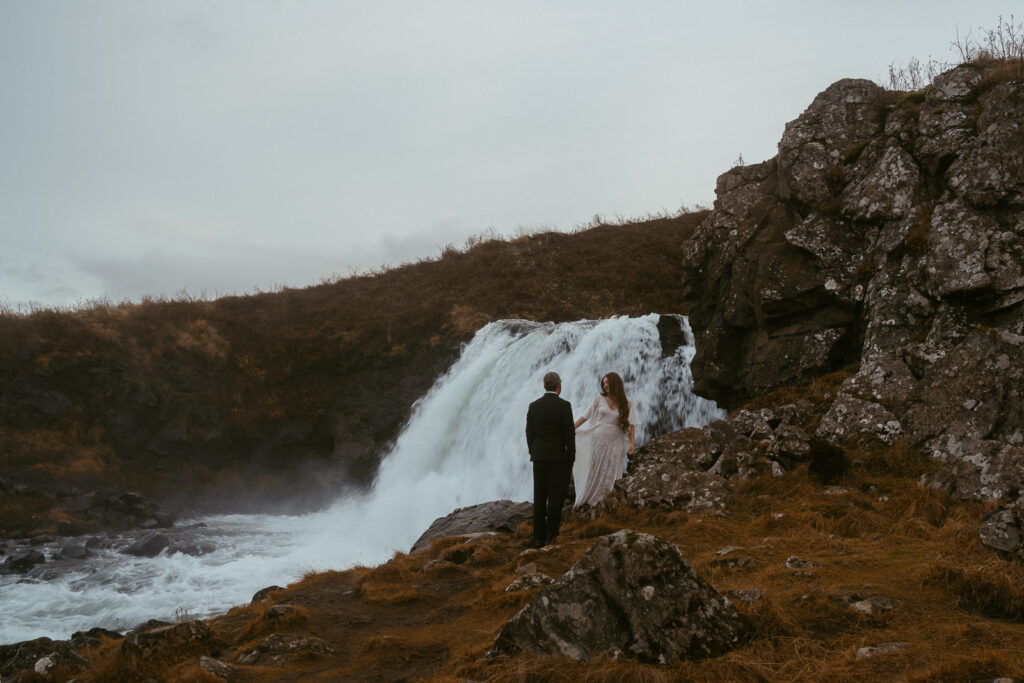
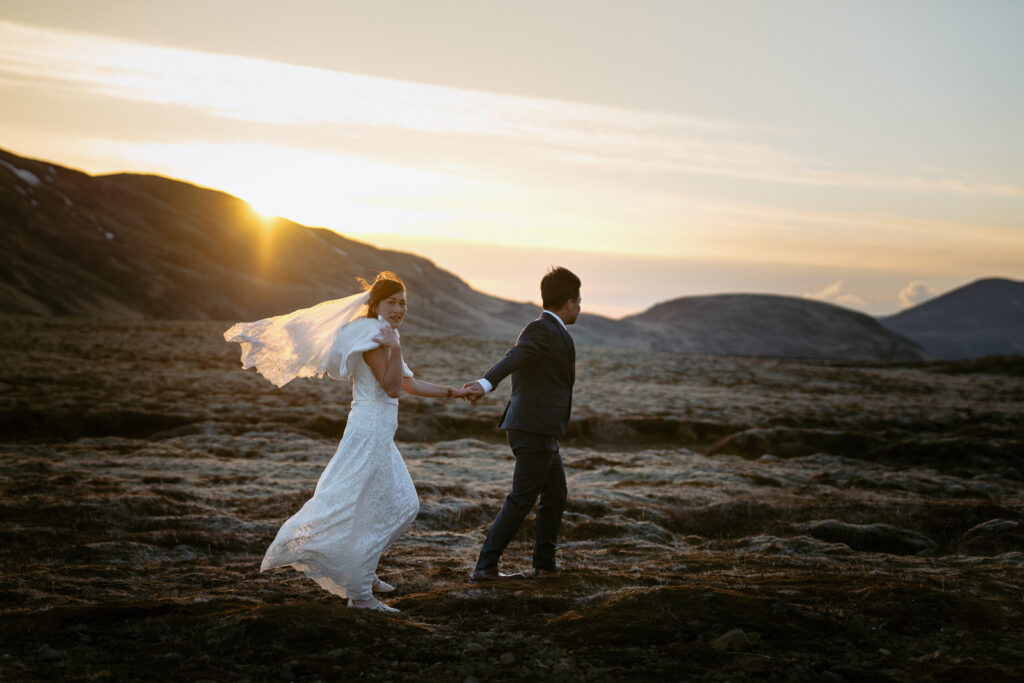
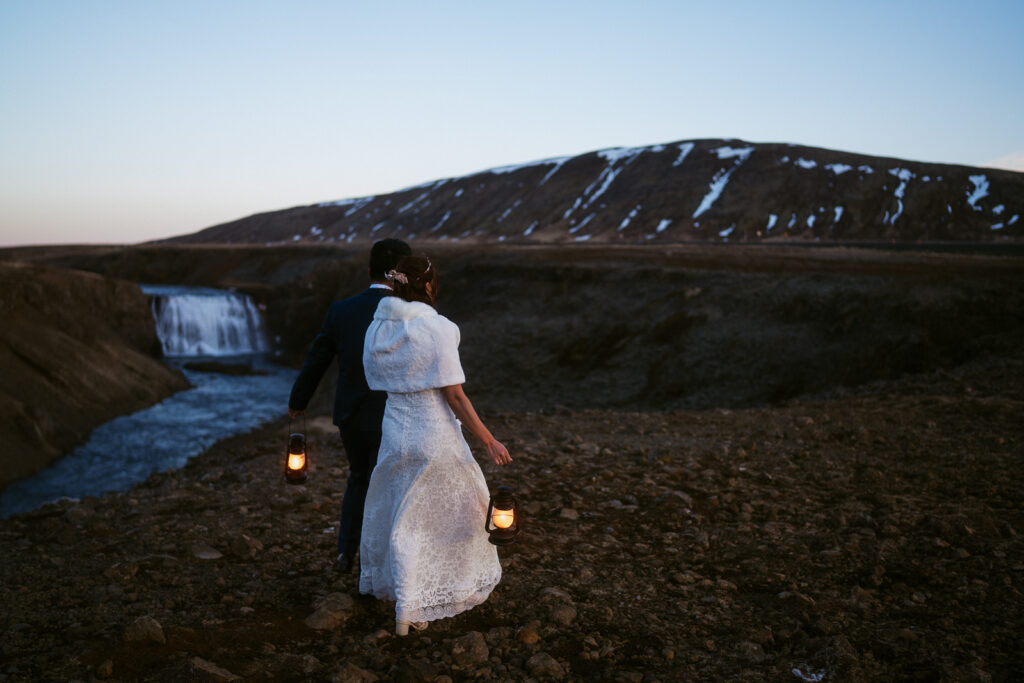
HOW TO GET MARRIED IN ICELAND
Deciding to tie the knot in Iceland is an exciting choice, offering a stunning backdrop for your special day. Whether you choose to handle the paperwork at home first or opt for an official Icelandic marriage, understanding the process will ensure your elopement is seamless. Here’s a comprehensive guide to help you navigate the requirements and steps involved in getting married in Iceland.
GETTING MARRIED IN YOUR HOME COUNTRY FIRST
One option is to register your marriage in your home country first, then fly to Iceland for your wedding photoshoot. This approach allows you to enjoy the full wedding experience—including getting ready, having an officiant or family member act as an officiant—without worrying about the legal paperwork. You’ll have the beautiful day you envisioned, just without the official registration in Iceland.
OFFICIALLY GETTING MARRIED IN ICELAND
The second option is to legally get married in Iceland, which involves completing the necessary paperwork and having an officiant perform the ceremony. While the process is straightforward, the paperwork is in Icelandic, so it might be helpful to hire a wedding planner to assist with the details.
Here’s what you need to know to officially get married in Iceland:
MARRIAGE NOTIFICATION:
- Obtain the “Hjónavígsluskýrsla” form (Marriage Notification) from the District Magistrate in Reykjavík.
- Both partners and two witnesses (your photographer can be one) must fill and sign this form.
BIRTH CERTIFICATES:
- Provide original or officially certified copies of both birth certificates.
MARITAL STATUS CERTIFICATE:
- Obtain a certificate (issued within 8 weeks of your wedding) from your home state proving you are not already married.
- If your country does not offer these, obtain a similar document from relevant authorities stating your single status.
PROOF OF PREVIOUS MARITAL STATUS (IF APPLICABLE):
- If divorced or widowed, provide documents proving you are no longer married to the previous spouse.
PASSPORTS AND VISAS:
- Ensure you have valid passports and visas (if necessary) to demonstrate your legal stay in Iceland and compliance with visa regulations.
PROOF OF LEGAL STAY (OPTIONAL):
- If requested, provide documents (passport stamp, visa, plane tickets) proving your legal stay in Iceland.
Steps to Ensure a Smooth Wedding Process
- Start gathering all the necessary documents at least three weeks before your wedding date.
- Submit these documents to the National Registry Office in Reykjavik. It’s advisable to send them a bit earlier to avoid any potential delays.
- Schedule an appointment with the regional district commissioner’s office during the week of your ceremony. This appointment, typically lasting five minutes, involves reviewing your documents and issuing your official marriage license. Remember to bring all originals with you.
For the latest and most accurate requirements, it’s always recommended to contact the relevant authorities (District Magistrate in Reykjavík). You can reach out for more information at giftingerlendis@syslumenn.is or skra@skra.is. Useful links: https://www.skra.is/english/people/marriage-and-cohabitation/marriage/ and https://www.skra.is/library/Samnyttar-skrar-/Eydublod/A-203-Tilkynning%20um%20hjonavigslu.pdf.
WHERE TO STAY DURING YOUR ELOPEMENT
Selecting the perfect accommodation for your elopement in Iceland is essential. It not only serves as a stunning backdrop for your photographs but also enhances the overall experience of your special day. Here are some of the most unique and photogenic places to stay in Iceland, ideal for your elopement:
PANORAMA GLASS LODGE
REYKJAVIK DOMES
SELJALANDSFOSS HORIZONS
ION ADVENTURE HOTEL
HOTEL RANGÁ
THE RETREAT AT BLUE LAGOON
SVARTABORG LUXURY VILLA
BLACK BEACH SUITES
THE FIVE MILLION STAR HOTEL (BUUBBLE)
HOUSE IN LAVA
LUXURY HOUSE
MIRROR HOUSE ICELAND
COZY HOUSE IN BORGARNES
DELUXE MOUNTAIN COTTAGE
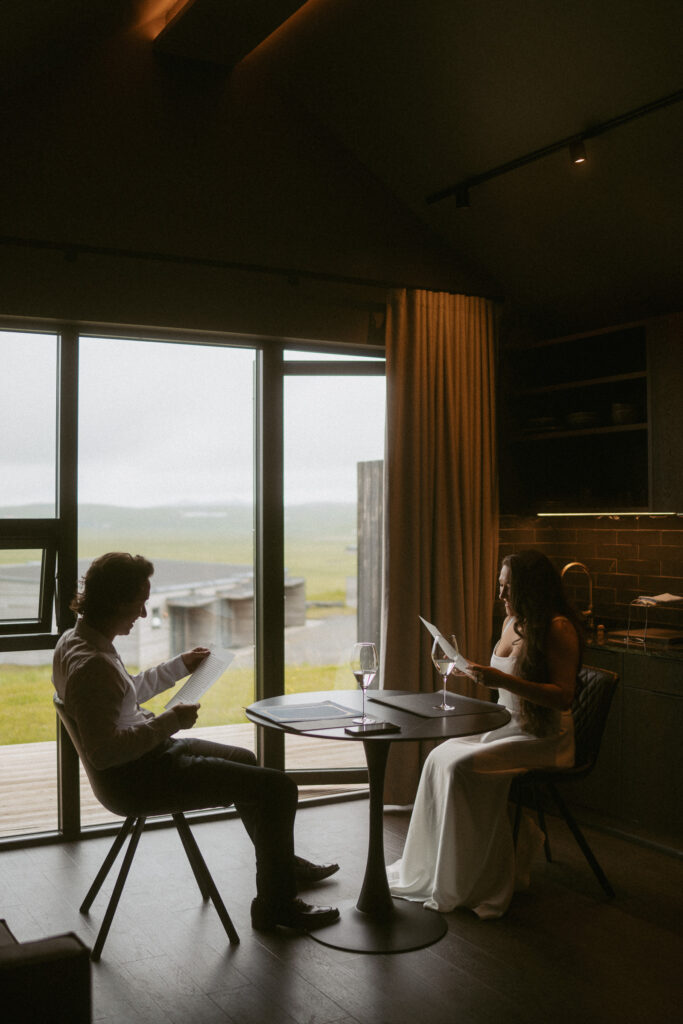
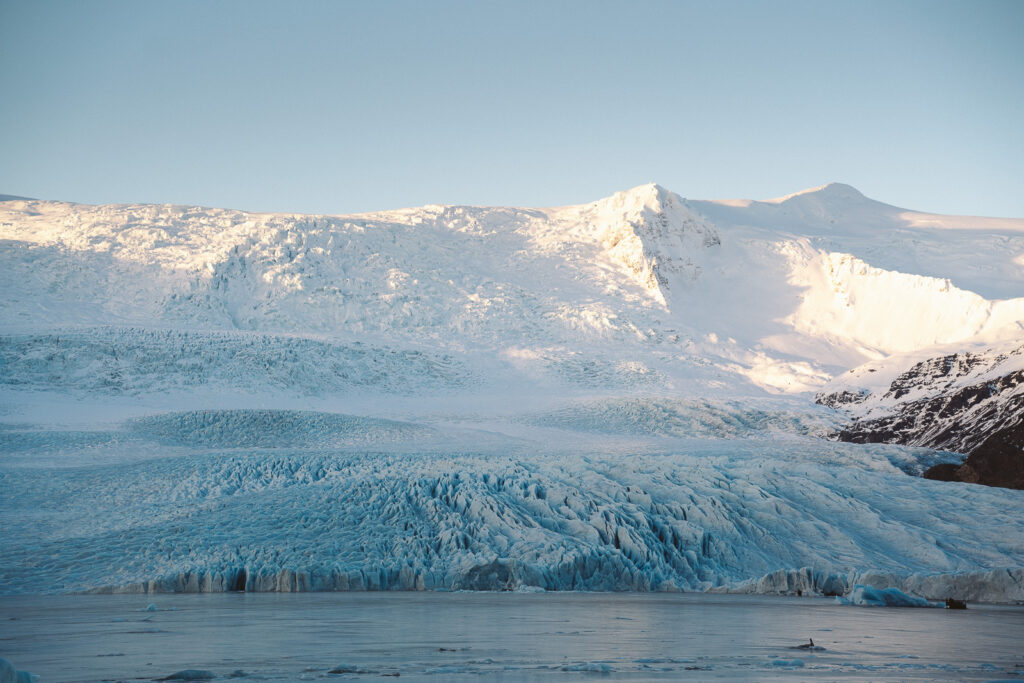
ACTIVITIES AND ADVENTURES
Iceland is a land of endless adventures, where every turn offers a new and breathtaking experience. Imagine eloping in a stunning ice cave, exchanging vows on a majestic glacier, or celebrating your love with a private tour through the rugged beauty of Þórsmörk. These unique and adventurous settings add an unforgettable element to your special day. To help you make the most of your time in this incredible country, I’ve compiled a list of reputable tour companies that will guide you through some of Iceland’s most spectacular landscapes. Get ready to embark on an unforgettable journey!
MEET YOUR PHOTOGRAPHER
HI THERE, I’M CAROLINE!
Photography and travel are my passions, and I’m thrilled to combine them in my work. My photography style merges candid, emotive essence of storytelling with the dramatic, picturesque beauty of Iceland’s landscapes. I blend unposed interactions and spontaneous moments with thoughtfully composed shots in majestic locations, creating a narrative that feels both natural and timeless.
I’m all about creating a relaxed and flexible environment where couples can truly be themselves. If you’re an adventurous, laid-back couple who loves each other and wants to make the most of your day, I’m here to capture every beautiful moment. I can’t wait to work with you and make your elopement as memorable as possible!
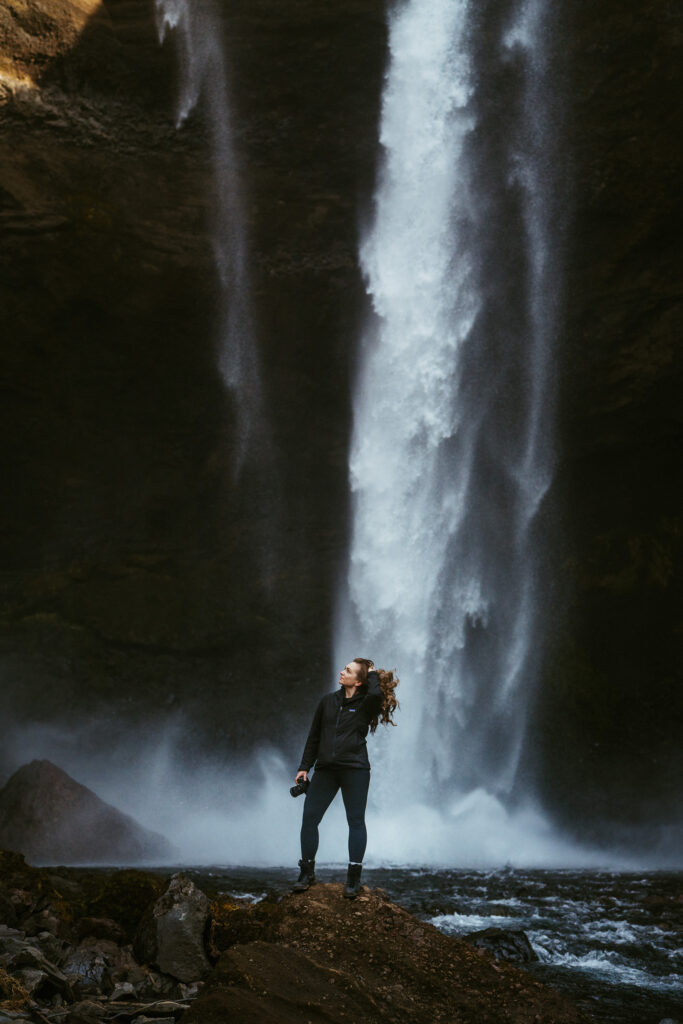
PACKAGES AND PRICING
ELOPE IN ICELAND WITH A LOCAL PHOTOGRAPHER
VIEW MY ICELAND ELOPEMENT PACKAGES
Iceland’s rugged beauty and unpredictable weather make it a unique and challenging location for photography. While many photographers may be eager to photograph an Icelandic elopement, having a local and experienced guide ensures you get the best possible experience. Here’s why working with someone who knows Iceland intimately is crucial:
- Navigating the Elements: How to handle Iceland’s unpredictable weather and plan around it effectively.
- Location Logistics: The distances between key sites and how to make the most of your time in this vast landscape.
- Optimal Timing: When and where to elope to avoid crowded tourist spots and make the most of the best lighting conditions and be flexible when conditions change.
- Hidden Gems: Lesser-known locations that offer breathtaking beauty without the crowds.
- Leave No Trace: How to enjoy and photograph Iceland’s natural beauty responsibly and sustainably.
- Seasonal Insights: Which locations are best visited during specific times of the year and how to avoid seasonal road closures.
- Local Connections: Recommendations for trustworthy local vendors, from hair and makeup artists to florists, who understand the unique needs of elopements in Iceland.
By choosing a local photographer who lives and works in Iceland, you ensure a seamless, personalized experience that captures the true essence of your elopement. Discover more about how I can help make your Icelandic adventure unforgettable at www.carolinevabrit.is.
Contact me to start planning your dream elopement adventure in Iceland!
CONTACT ME TO START PLANNING THIS ADVENTURE TOGETHER!
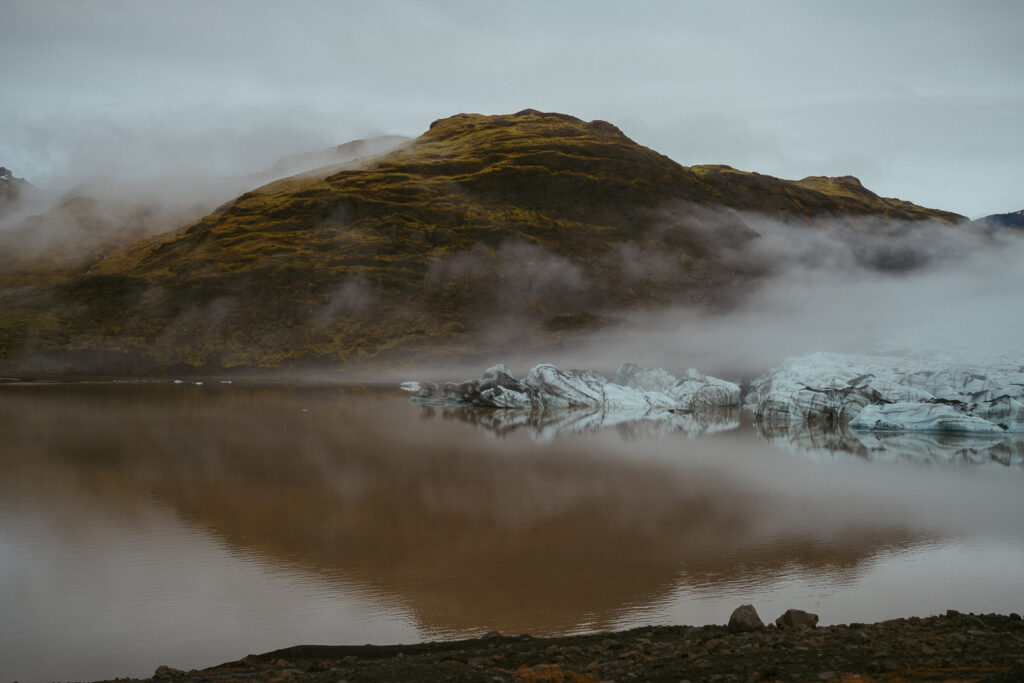
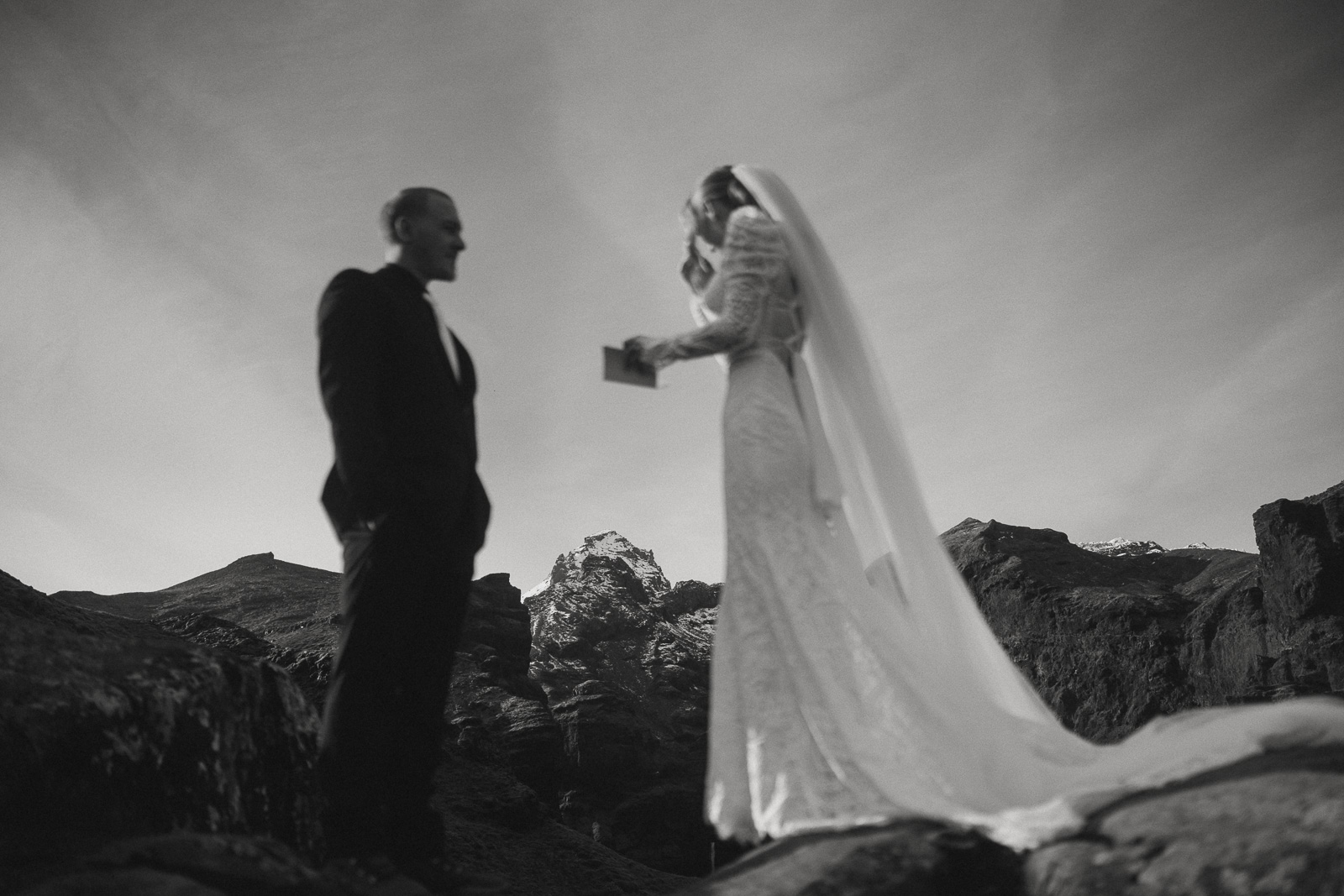
LEAVE A COMMENT
Comments